“Hunters in the Snow” (1976) is a short story by American author Tobias Wolff. Find it in Wolff’s collection titled In the Garden of the North American Martyrs. This story is a great example of an anti-myth — a subversion of the great Odyssean mythic tale in which a hero goes on a journey, has a spiritual awakening and either returns home a changed man or finds a new home.
These three fools learn nothing.
In the Garden of the North American Martyrs
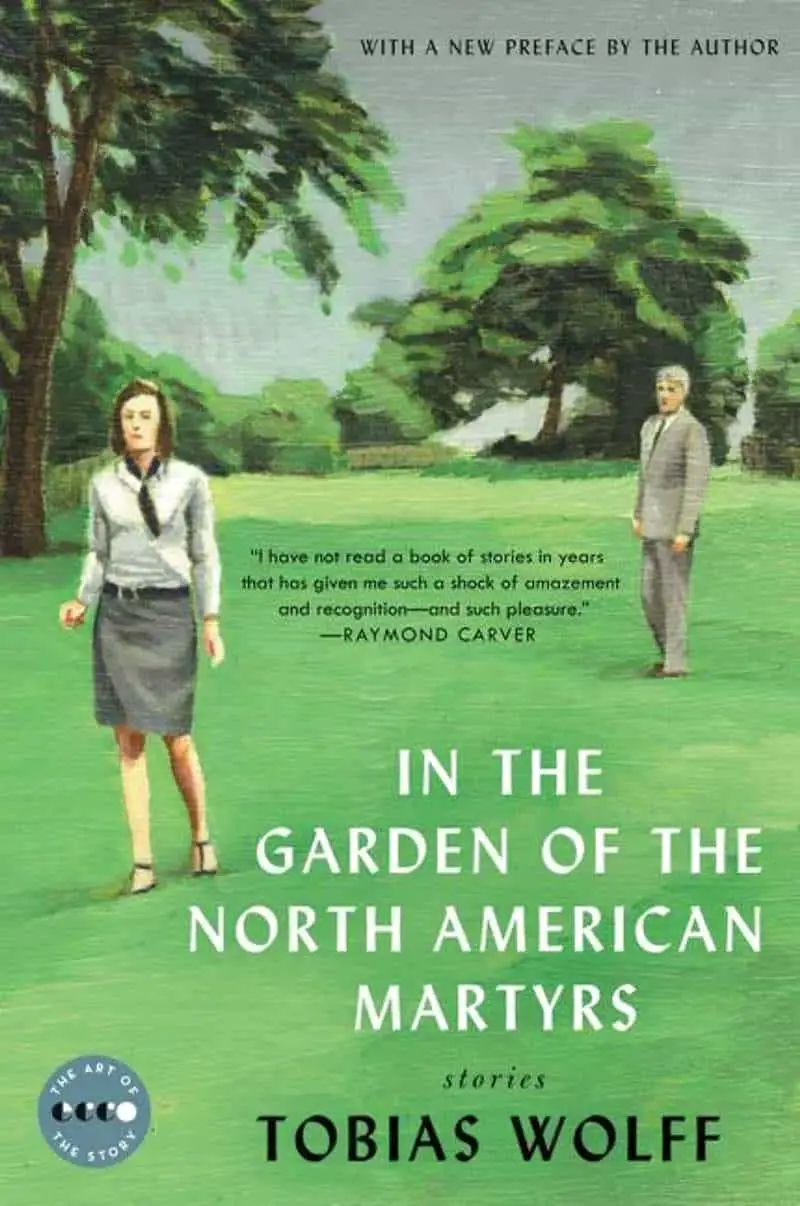
In The Garden of the North American Martyrs, Tobias Wolff’s first collection of short fiction, hailed the arrival of a major talent and the beginning of an acclaimed, bestselling career. In each of these sharply crafted stories, his characters, drawn from everyday life, stumble over each other in their baffled yet resolute search for the “right path.” Among the characters in these twelve stories are a teenage boy who tells morbid lies about his home life; a timid professor who, in the first genuine outburst of her life, pours out her opinions in spite of a protesting audience; a prudish loner who gives an obnoxious hitchhiker a ride; and an elderly couple on a golden anniversary cruise who endures the offensive conviviality of the ship’s social director.
PARATEXT
The introduction to this story as collected in The Oxford Book of American Short Stories edited by Joyce Carol Oates tells us how the author originally set out to write an exploration of the violence he grew up with, but the piece ‘got away on him’ and the result is dark comedy.
THE TITLE
The title “Hunters in the Snow” avoids hinting at the subversive mythic story to come, and suggests a run-of-the-mill short story such as can frequently be found in those retro Hunting and Fishing magazines.
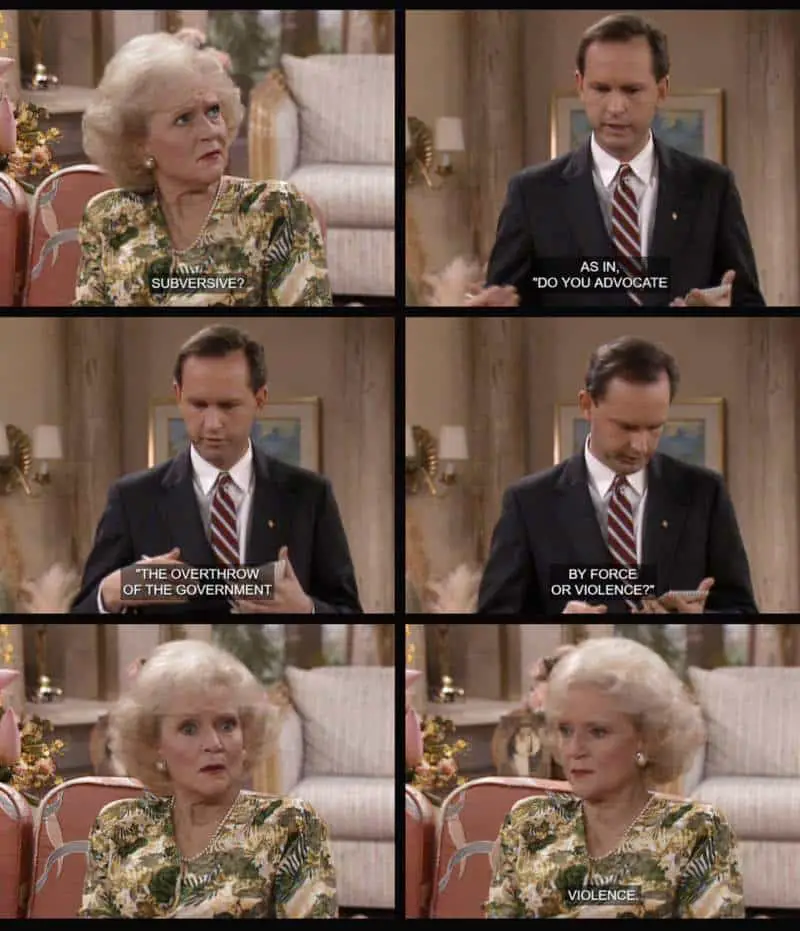
Men band together, go hunting, struggle to catch the beast but ultimately win out.
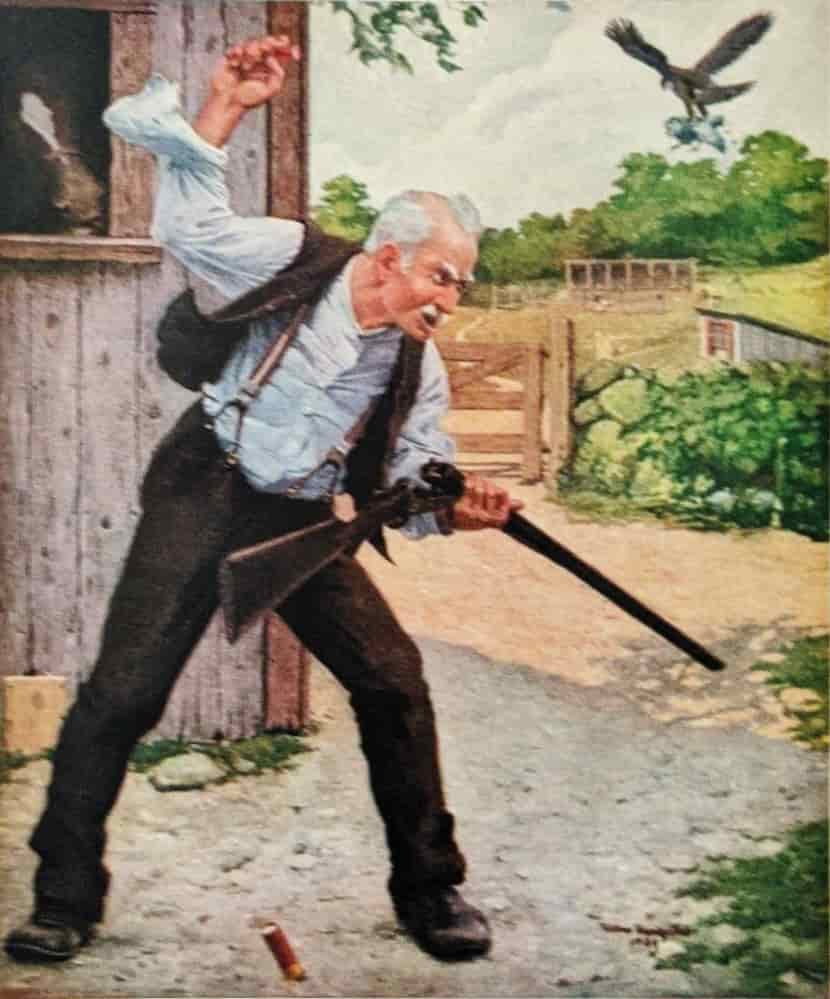
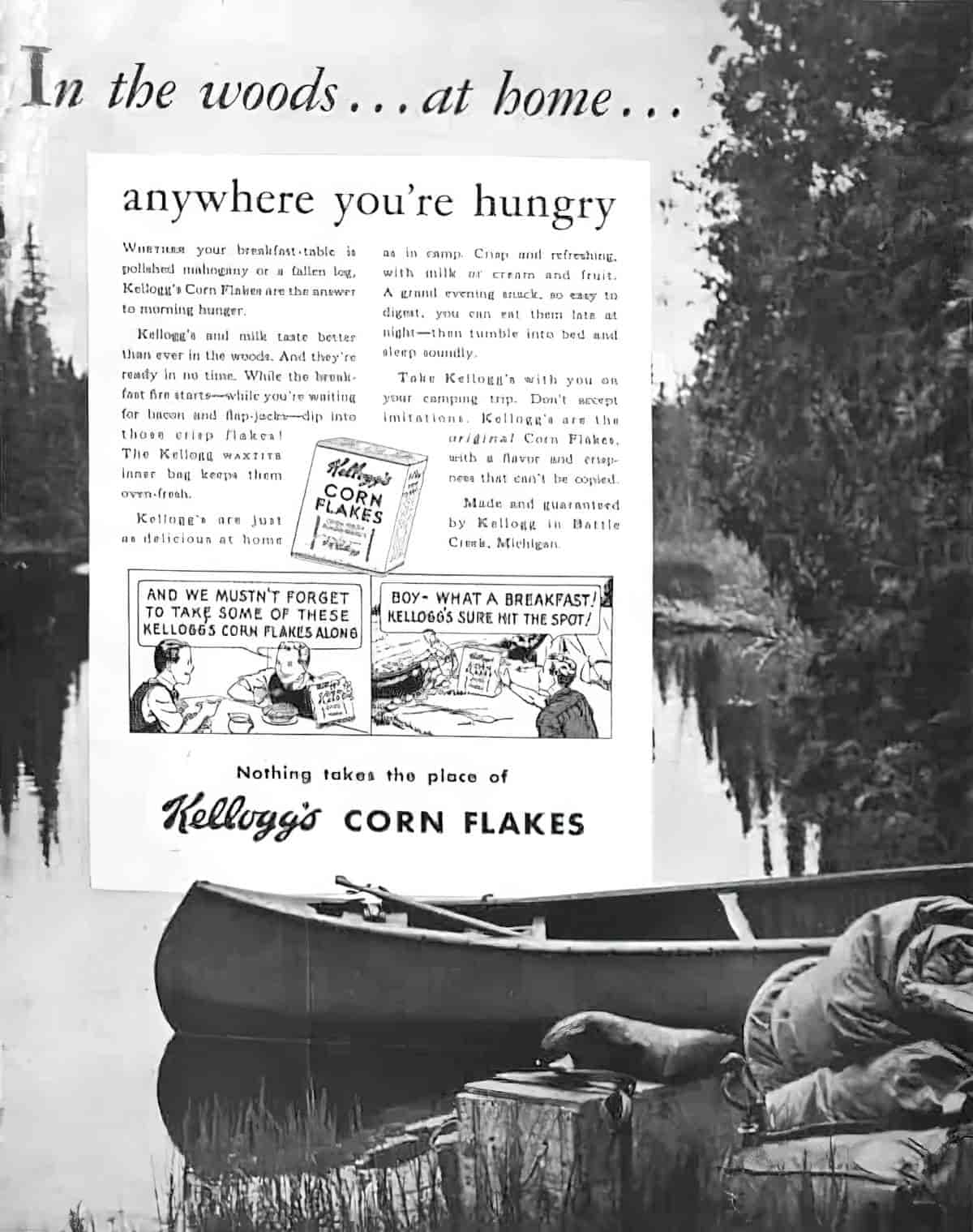
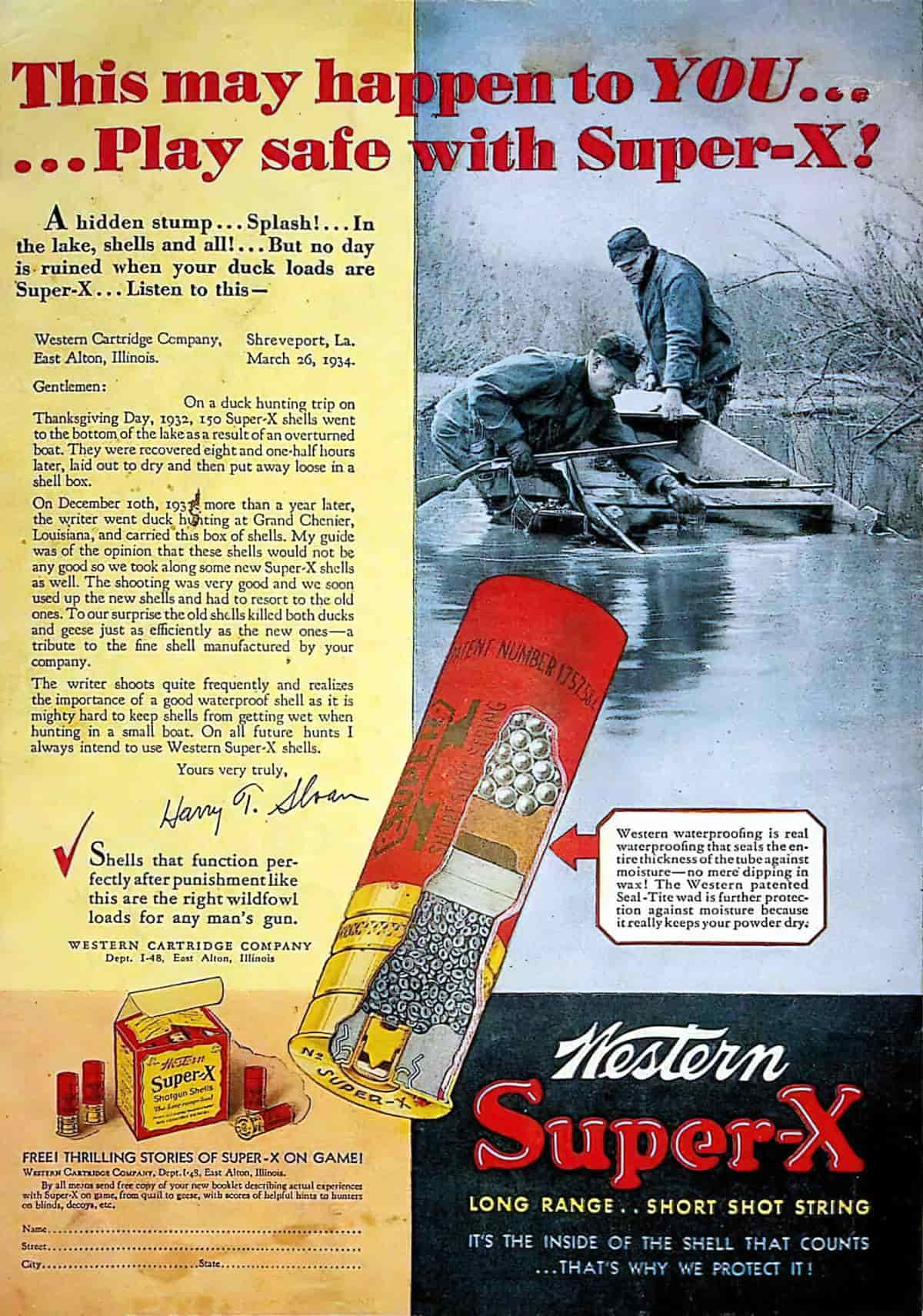
SETTING OF “HUNTERS IN THE SNOW”
PERIOD
1970s
DURATION
about 12 hours, a bit longer
LOCATION
Spokane, Washington, USA
ARENA
Three men go on a road trip which takes a few hours and stops off at a number of points, some of them unknown to the men themselves as they get lost.
MANMADE SPACES
Deep in the unknown wilderness they come across a small family living in poverty. Their old house has filled up with smoke because the family is using a very old-fashioned way of heating their home. It’s as if the men have accidentally entered a more ancient time, before humans invented decent chimneys.
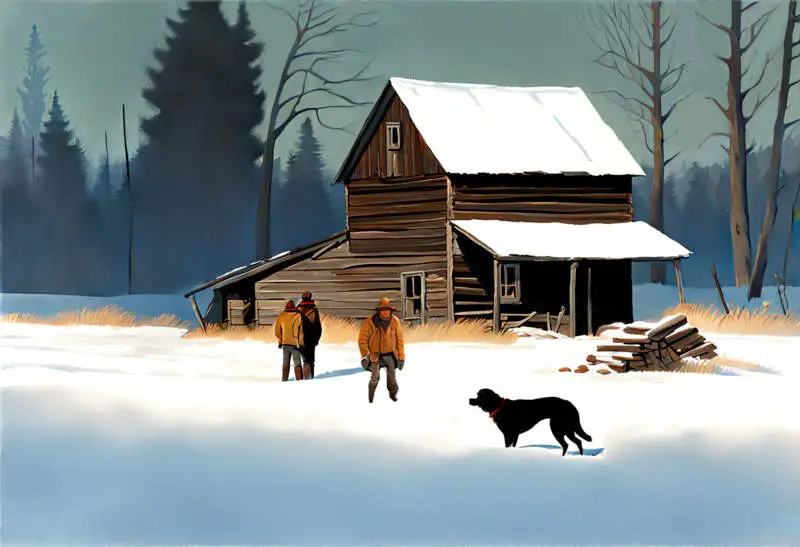
There’s also a dive bar in this story.
NATURAL SETTINGS
“Hunters in the Snow” centres mostly around the natural environment, and highlights nature’s tendency to kill the stupid and/or disrespectful. At the beginning of the story we are told that the landscape is so white there’s no visible delineation between ground and sky. This marks the beginning of the characters’ ‘lostness’. These men have no directional compass, eventually getting lost. They have no moral compass, either.
WEATHER
The freezing temperature contributes to at least one death, we extrapolate.
TECHNOLOGY CRUCIAL TO THIS PARTICULAR STORY
These three fools are armed with the appurtenances of wild and capable men: rifles and a pick-up truck. But they possess none of the skills. At the beginning of the story, two of the men insult the other’s hat, understanding that their friend is wearing something which doesn’t suit him. Perhaps it’s some kind of hunting hat, which looks wrong on a non-hunter, who is in possession of a non-hunting body.
In any case, the rifles and the pick-up truck get them into big trouble, and are not enough to save these fake hunters from themselves.
STORY STRUCTURE OF “HUNTERS IN THE SNOW”
SHORTCOMING
As an Australian, I’m familiar with what we call ‘blokey’ or ‘larrikin’ culture in which men establish and maintain friendship bonds by exchanging insults. The point is, if you know someone well enough, you are able to insult them without destroying the friendship. But you really do have to know the other person well, because it’s very easy to cross the line.
This method of bonding extends to groups of women, too, but to a lesser extent. Woman friends seldom develop a culture in which they criticise each others’ bodies, but will more likely insult their own body and then hope for empathy or reassurance. Even this method of bonding is almost gone now among younger generations, with the (much needed) body positivity movement.
DESIRE
The men are ostensibly out to hunt some game, but their deeper desires are around masculine belonging. Hunting game is very much secondary.
OPPONENT
Recognisable to all of us who attended school — two people in this trio bond by excluding and shaming the third. In a behaviour which is (unfairly) associated with adolescent girls, two of the men in this story share a secret, are very open about having a secret between them, but who insult and exclude the other man as a way of strengthening their own bond. The balance changes at the end, but not for the better. Rather, the balance of power has changed after an act of violence.
PLAN
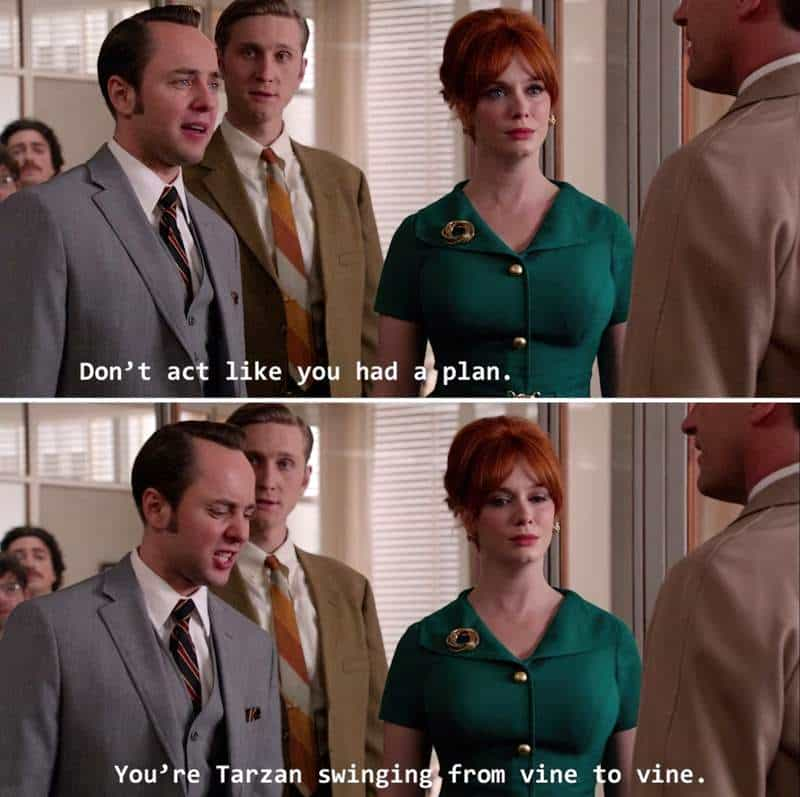
These characters are the impetuous type with poor self-regulation, so they don’t make plans in the usual sense. There’s no human opponent making counter plans or anything like that. In this darkly comic story, the men lurch from place to place, never on time, ill-prepared, without maps, without sobriety, and they are punished accordingly.
The backstory regarding the babysitter highlights how at least one of these characters is led entirely by his ‘manhood’. Everything he does in life is about satisfying his masculinity or proving it.
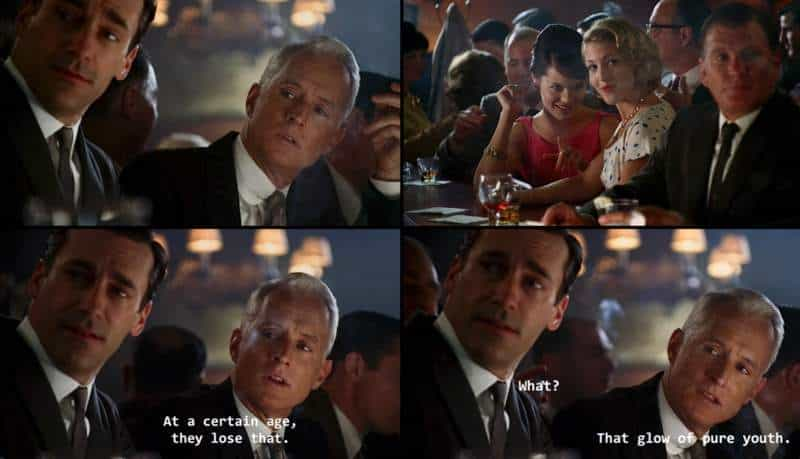
THE BIG STRUGGLE
When one man shoots the old dog at the farmhouse, another reflexively shoots the man. His anger didn’t start with the dog, though. He has felt excluded since the pick-up arrived late, leaving him standing in the freezing cold. A volley of insults about his weight and being left behind to walk alone contributed to his sense of ostracization.
ANAGNORISIS
In an anti-myth, the characters experience no self-revelation and that is the point. While readers hope the wounded man will make it to the hospital on time, the other two stop off at a bar, more concerned about their own cold hands than about their seriously injured ‘friend’.
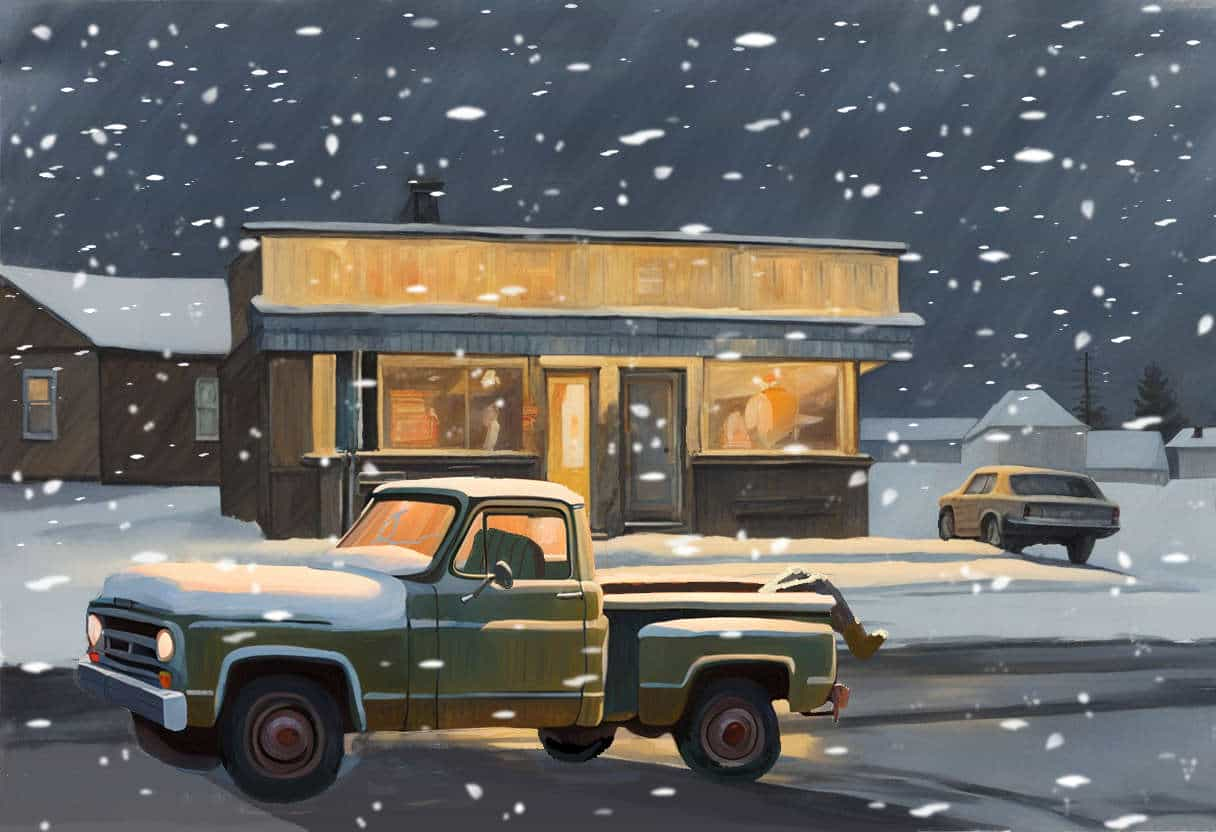
However, what I notice time and again in stories which subvert audience expectations of storytelling, it’s not enough for writers to simply leave it out. That’s because humans have a very deep, almost primal understanding of what a story is, and what a story must be. Few people understand storytelling on a technical, knowing level (which is what makes it so difficult), but if something’s not there, people will just feel unsatisfied with a narrative without being able to articulate why.
So what does this mean for an anti-myth? Writers make use of placeholders. In a story with no self-revelation, there needs to be a proxy self-revelation.
In this case, Tub confesses that he’s not fat because of his glands after all. He’s fat because he eats too much. On the surface, this feels like something significant has been achieved. In conventional stories, characters learn the truth about themselves; friends learn the truth about each other; everyone is better off for it.
But this particular ‘revelation’, in the context of a 1970s audience, is farcical.
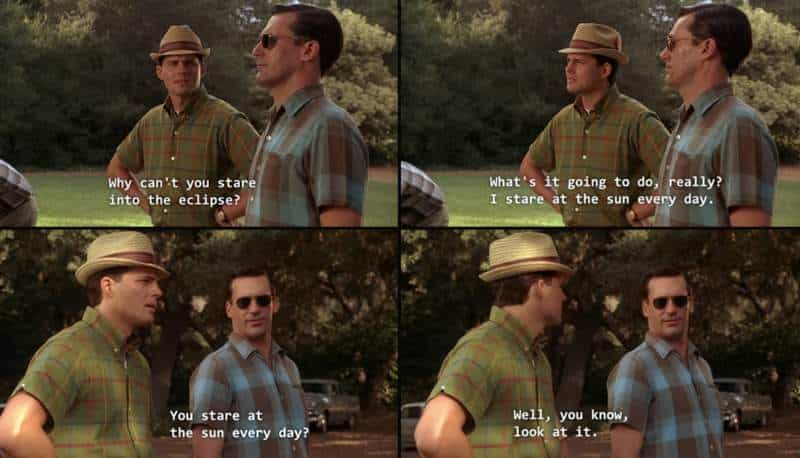
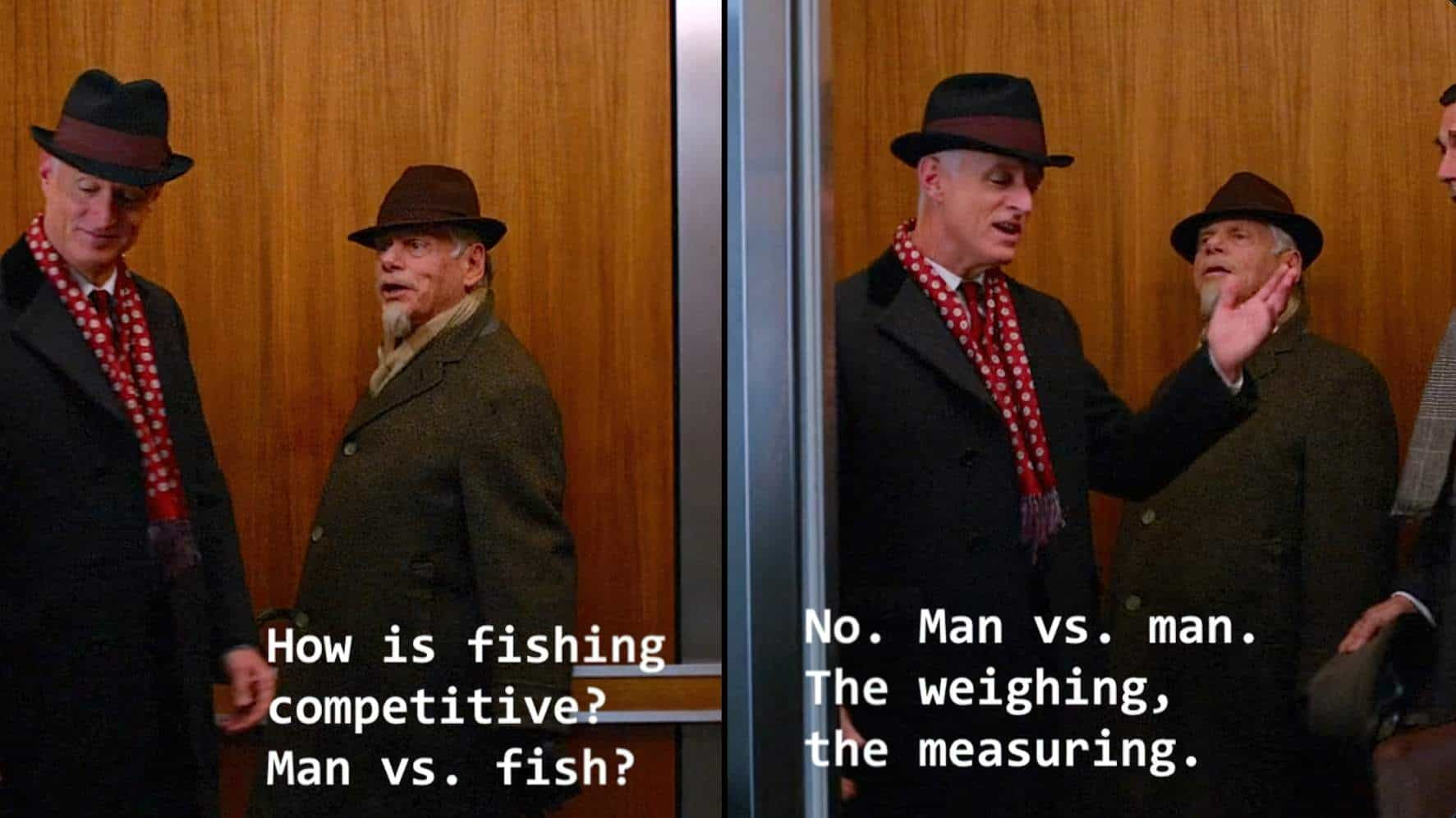
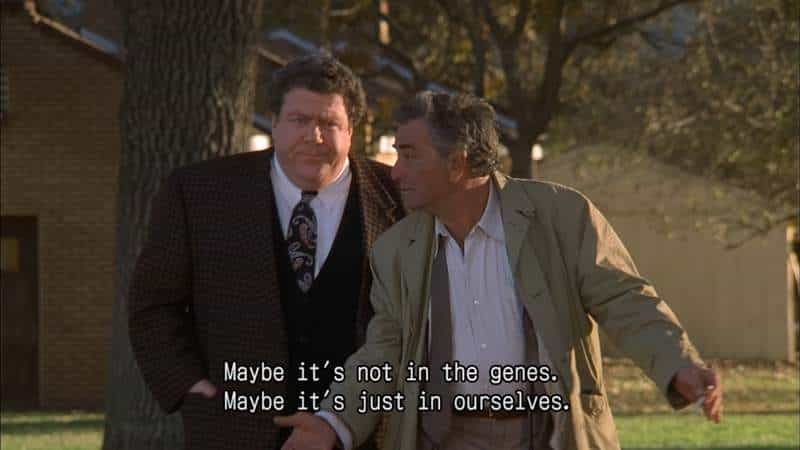
If u ever feel bad about having a lot of body fat just remember that if u ever get into a Donner Party situation, 71% of the party women survived because of their higher body fat percentage while only 45% of the men with their higher muscle percentage survived sooo
@XiranJayZhao 6:35 AM · Jul 6, 2021
THE ANTI-REVELATION

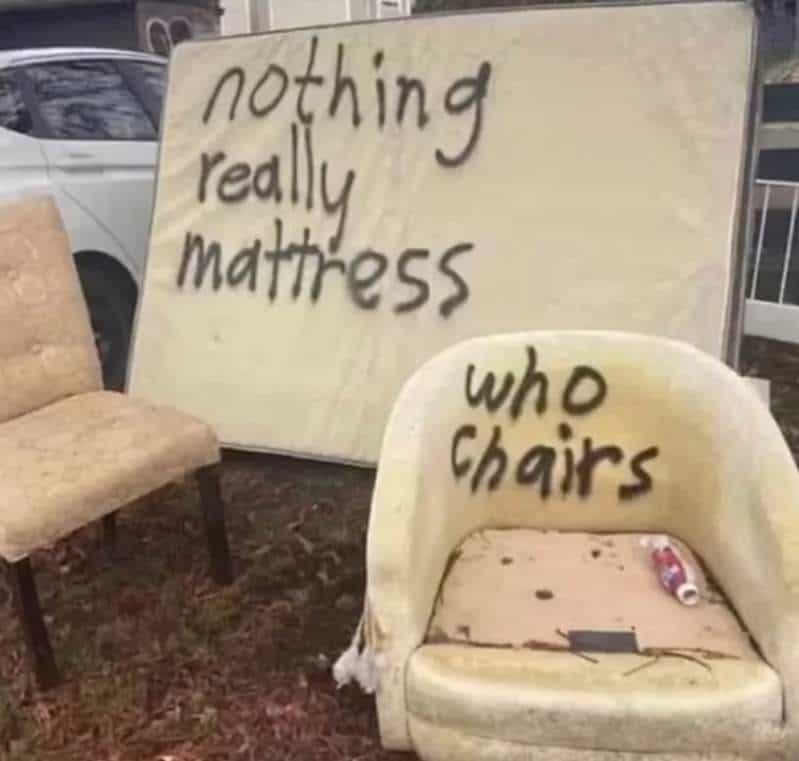
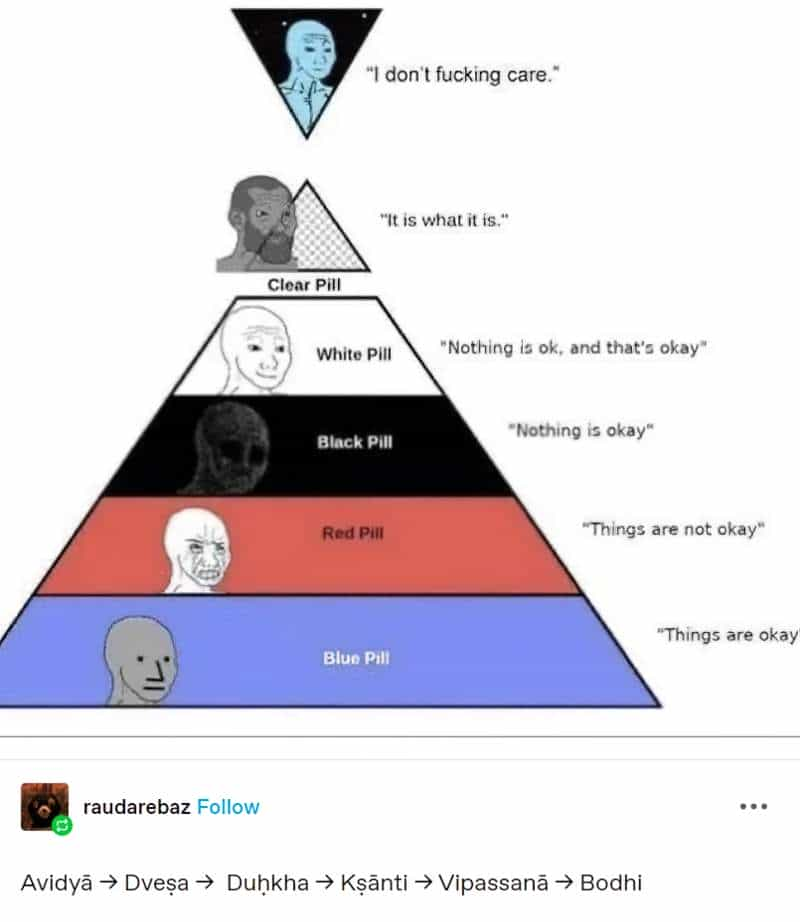
I think a younger, modern audience needs to understand something about how fatphobia operated in the 1970s when this story was written. See, for a short while in the 20th century, scientists had this idea that fatness, at least in children, had its origin in the glands.
In the early 20th century, doctors had started to believe fatness (I avoid the word ‘obesity’) could be medically solved. Children were the first focus. This era marked the beginning of an exciting area of medicine: Endocrinology (the study of glands and hormones in the body). The idea at the time: One could become ‘overweight’ due to sluggish metabolism or ‘distorted glands’. Researchers focused on children because it was thought that children were too young to have developed ‘hang-ups’ around food. As subjects they were more pure, so to speak. (If you were a fat adult, that was your own moral issue.)
Doctors started to treat designated fat children with animal gland extracts: thyroid glands, pituitary glands, ovarian glands, you name it. Abattoirs paired with drug companies in what turned into a very lucrative business model.

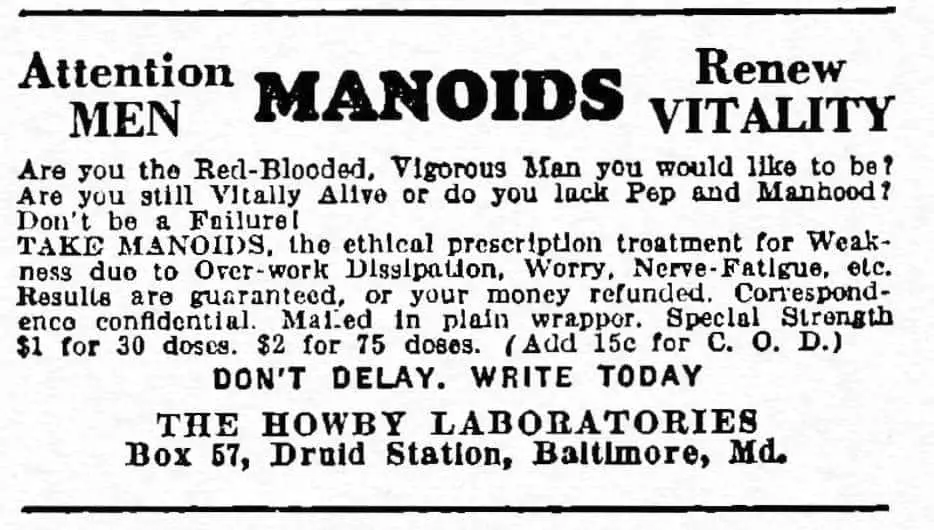
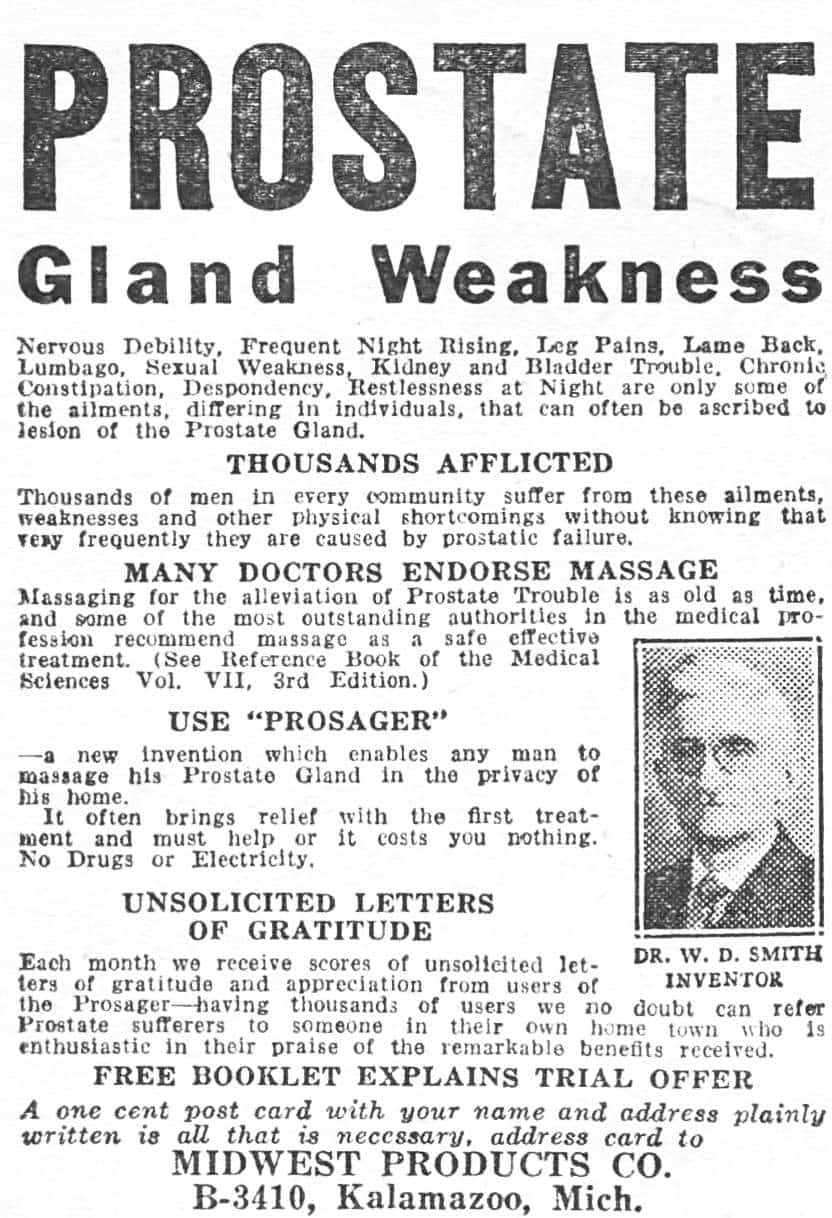
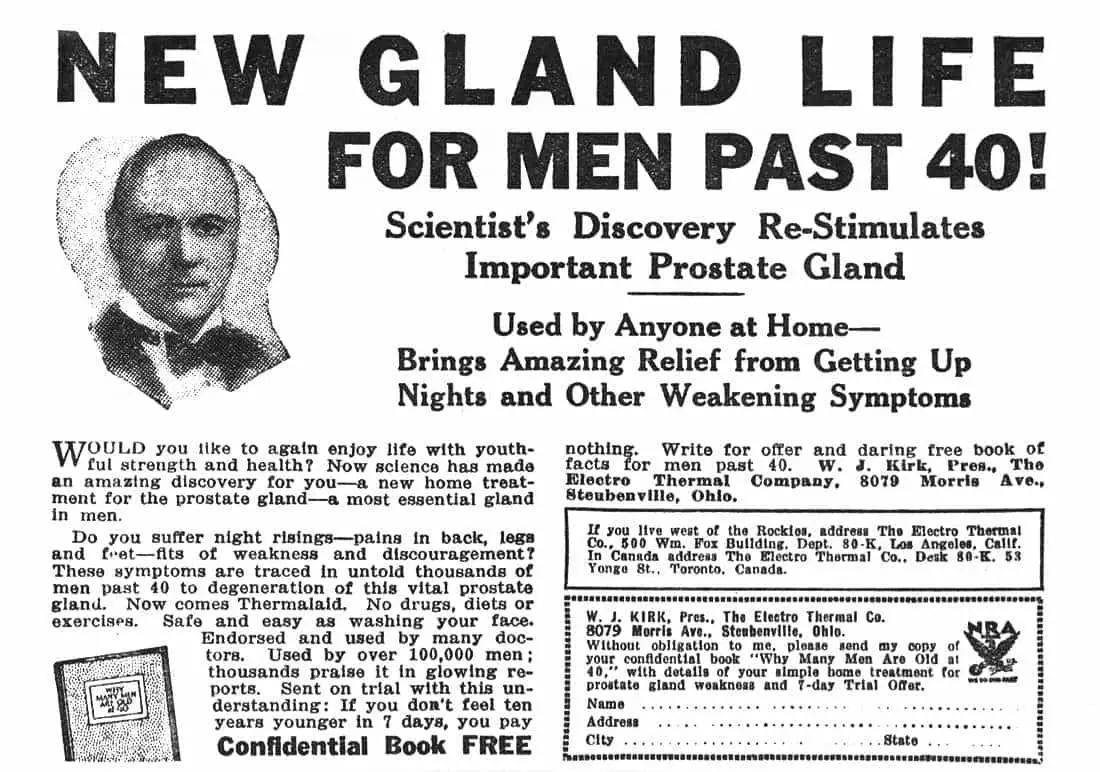
Fast forward to the 1970s, the general populace now understood that what had happened in the pre-war era to fat children was absolutely rubbish, and that the treatments were also quite grotesque. So a grown man like Tub blaming his fatness on ‘gland’s was understood by Wolff’s 1970s audience to be an empty excuse from the moment they heard Tub say it.
1970S FAT PHOBIA
That’s what makes his ‘confession’ laughable. He’s confessing nothing. In the 1970s, the narrative had morphed to: If you’re fat, you need to sort out your diet and exercise. This was the era of diet pills, which were dangerous. Patients — mostly women — were not told that the pills contained diuretics, barbiturates, sex hormones and amphetamine. Moreover, most of the patients were not ‘overweight’. An epidemic of thin young women dying from diet pills brought this negligence to public attention.
And at this point, I’d like to just mention that things have not improved significantly for people living in larger bodies, not at all. We’ve collectively been through the ‘slow metabolism’ phase of medicalised fatphobia.
2020S FAT PHOBIA
Come the 2020s, we are now living in the era of a new family of drugs called semaglutide, which do the opposite. These new medications slow gut metabolism to create a long-lasting feeling of fullness and lack of interest in eating. This will undoubtedly usher in a whole new wave of disordered eaters, plus a new socioeconomic division between those who can buy such drugs for fashion reasons, versus those who genuinely need it (for diabetes management) but who cannot afford it or source it.

NEW SITUATION
Readers are told that the men are heading in the wrong direction after emerging from the bar slightly blotto. The men themselves don’t know this yet, which puts us in audience superior position. We were always to believe that these three cartoonish characters are more stupid than we are. (Northrop Frye would call them ‘low mimetic heroes’.)
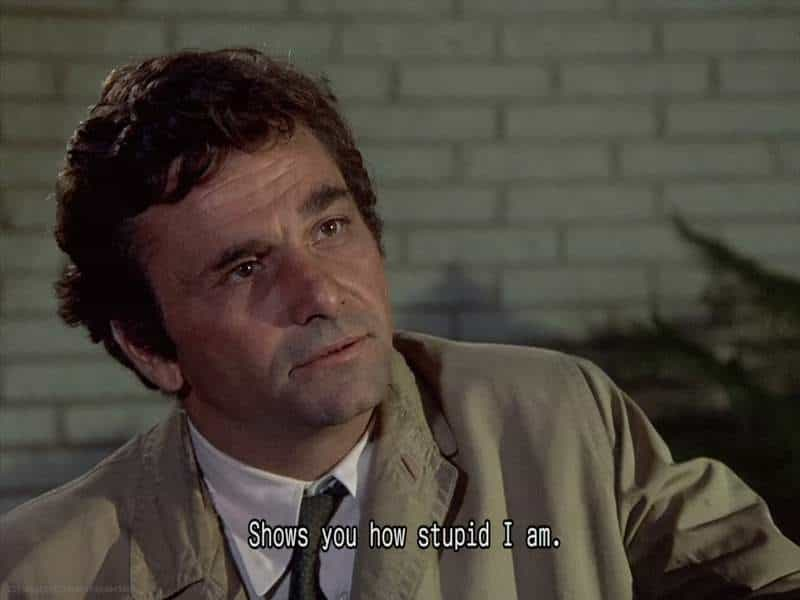
EXTRAPOLATED ENDING
At least one of these guys will die. The two men in the cab possibly also die from exposure because the (also dead) man in the tray never got his windshield fixed after it was bricked. All three of them are ne’er do wells.

Now that readers have more information about who these men are, we can work out the windshield was bricked because of the owner’s despicable behaviour. There’s a bit of schadenfreude going on here probably, for most of us.
Anyway, now the meaning of the title changes. Instead of ‘Hunters hunting for game by trudging valiantly across a snowy landscape’ it’s more like a headline reading: ‘Dead hunters found lying face down in snow’.
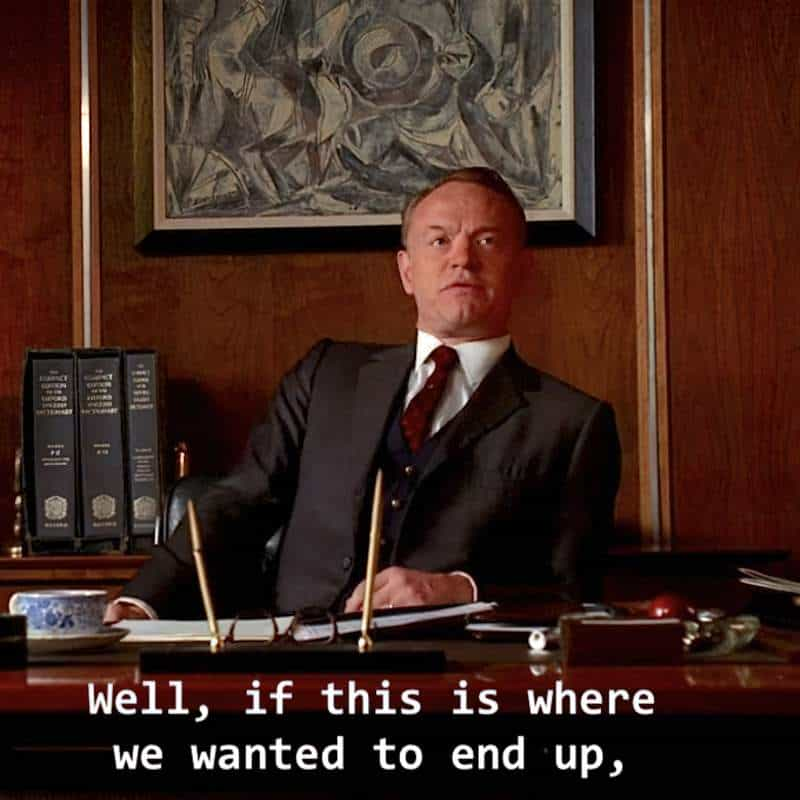
RESONANCE
This short story is of the same era as Deliverance. If you haven’t read the book you’ve likely seen the film. Both stories involve a group of men from civilisation haplessly entering the wilderness for rest and relaxation. Both stories critique toxic forms of masculinity. In Deliverance, the author made enemies of the Appalachian people (to their detriment). This short story goes in the opposite direction and shows the poor ‘country hicks’ to be far more empathetic than any of these men. They respect nature so much they can’t find it in themselves to euthanise an old dog (who is presumably arthritic and in pain).
FOR FURTHER INVESTIGATION
The more I delve into mid 20th century men’s adventure magazines, the more convinced I become that Tobias Wolff’s short story is a satirical take on the men who were shaped by them. Behind the Bastards podcast has an excellent episode on these retro publications.
(Find transcripts at this website.)
TAKEAWAY POINTS ABOUT MEN’S ADVENTURE MAGAZINES
- Examples of publication titles: True Adventure (a spin off of True Detective magazine which started in the 1920s) was the first in the genre. Others were called Argosy, Blue Book, Adventure.
- These men’s magazines were predecessors to Playboy.
- This genre of magazine started in the 1940s after WW2.
- Their heyday was the late 1950s and 1960s. Most had gone out of print by the 1960s.
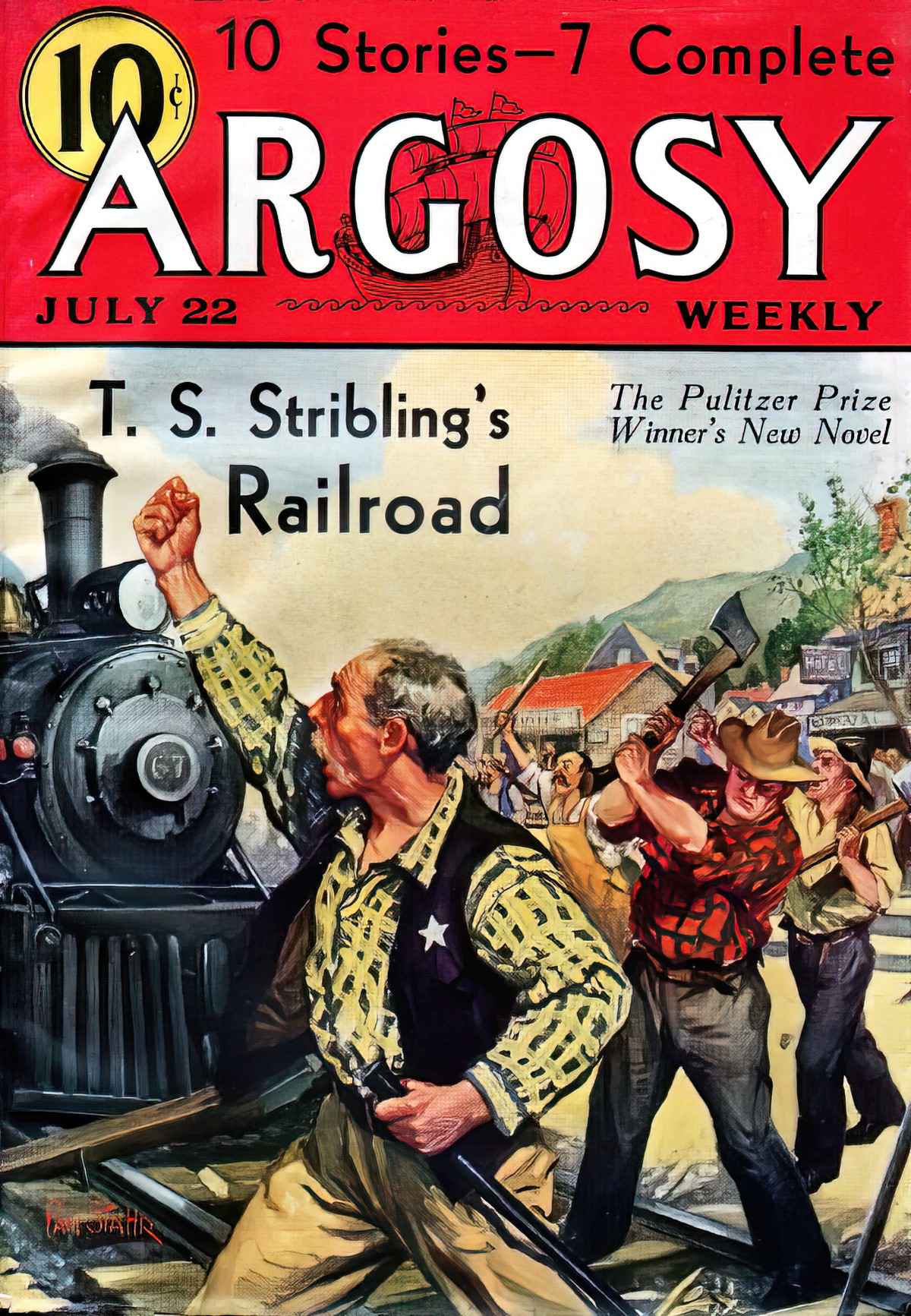
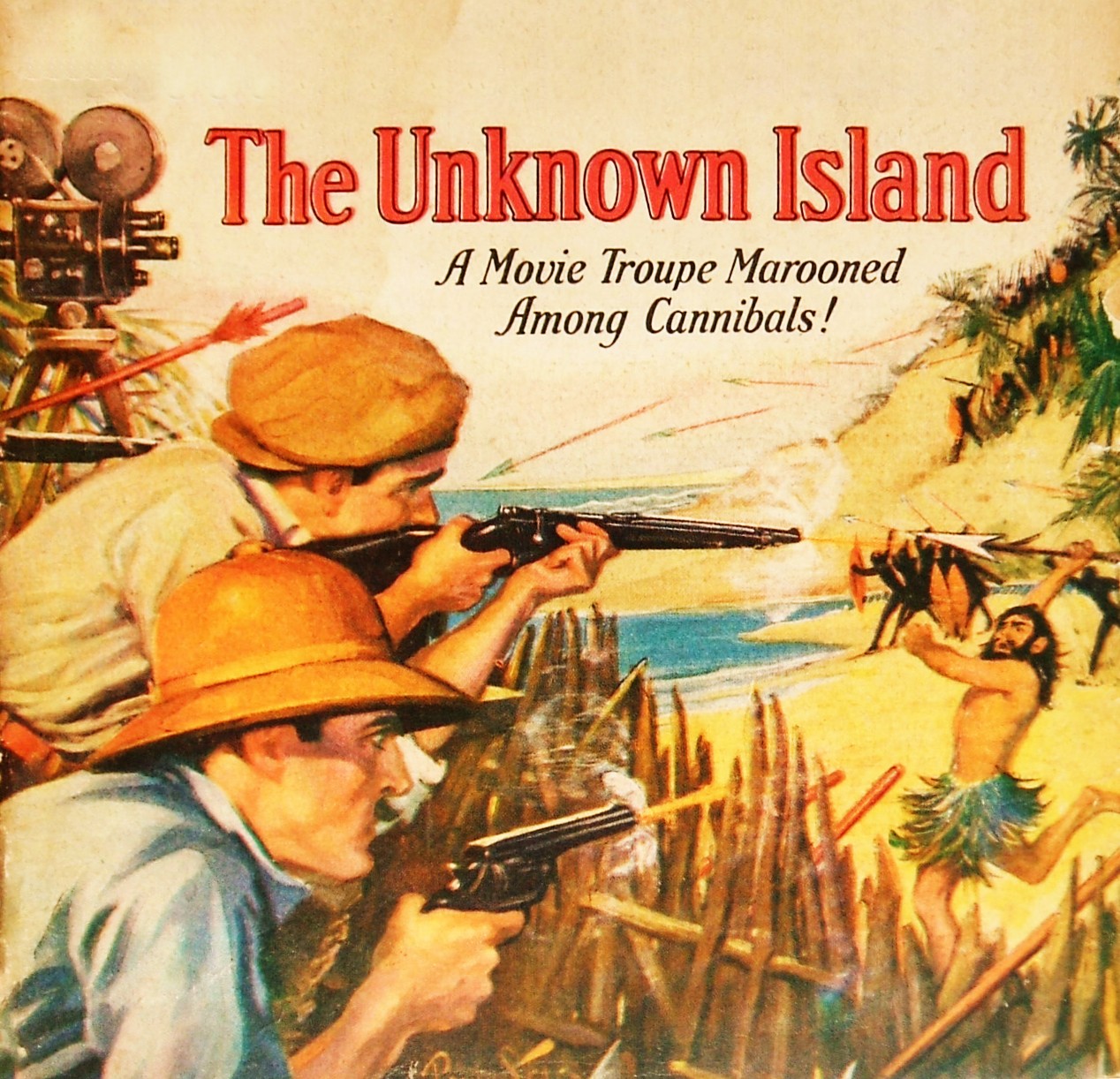
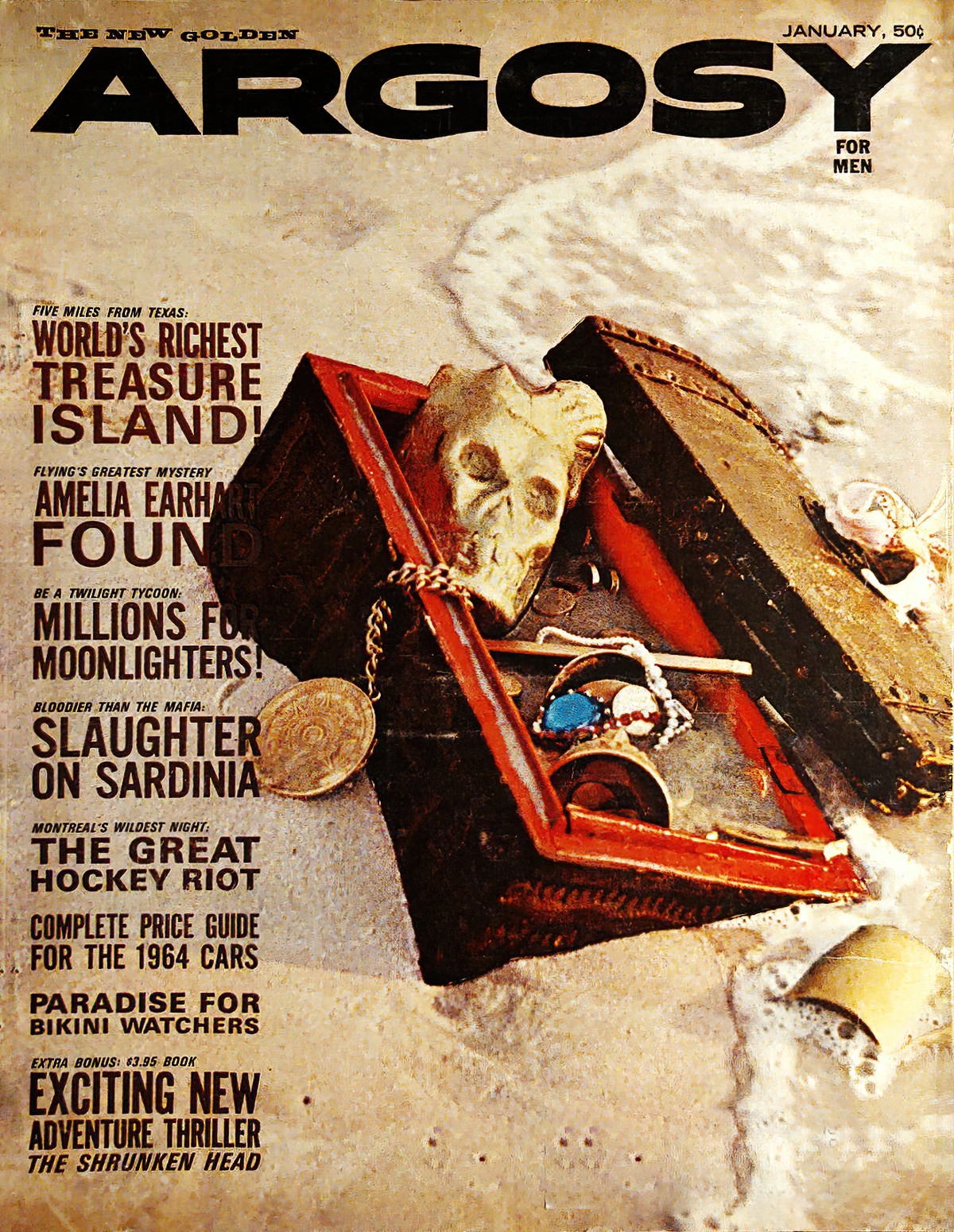
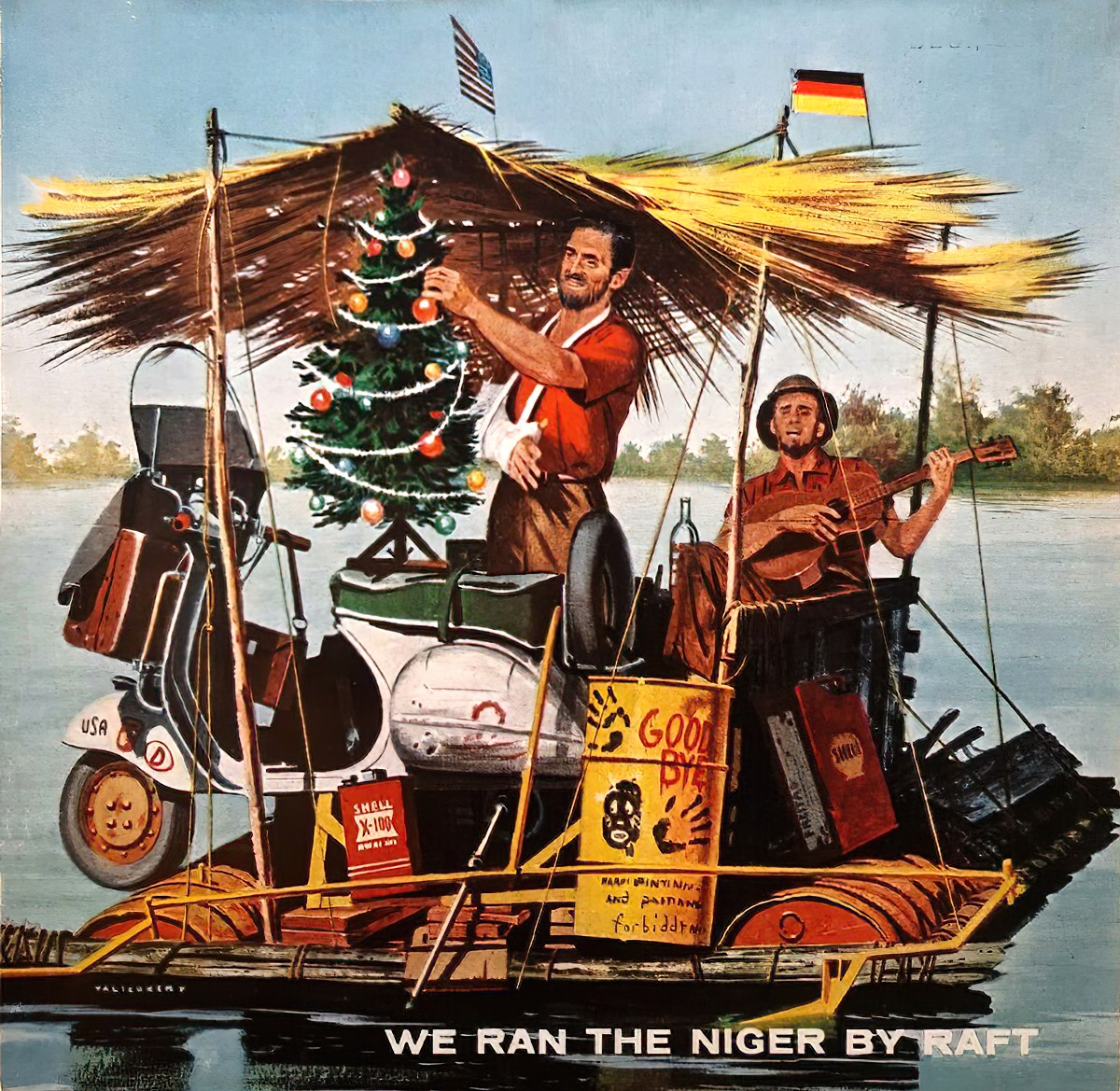
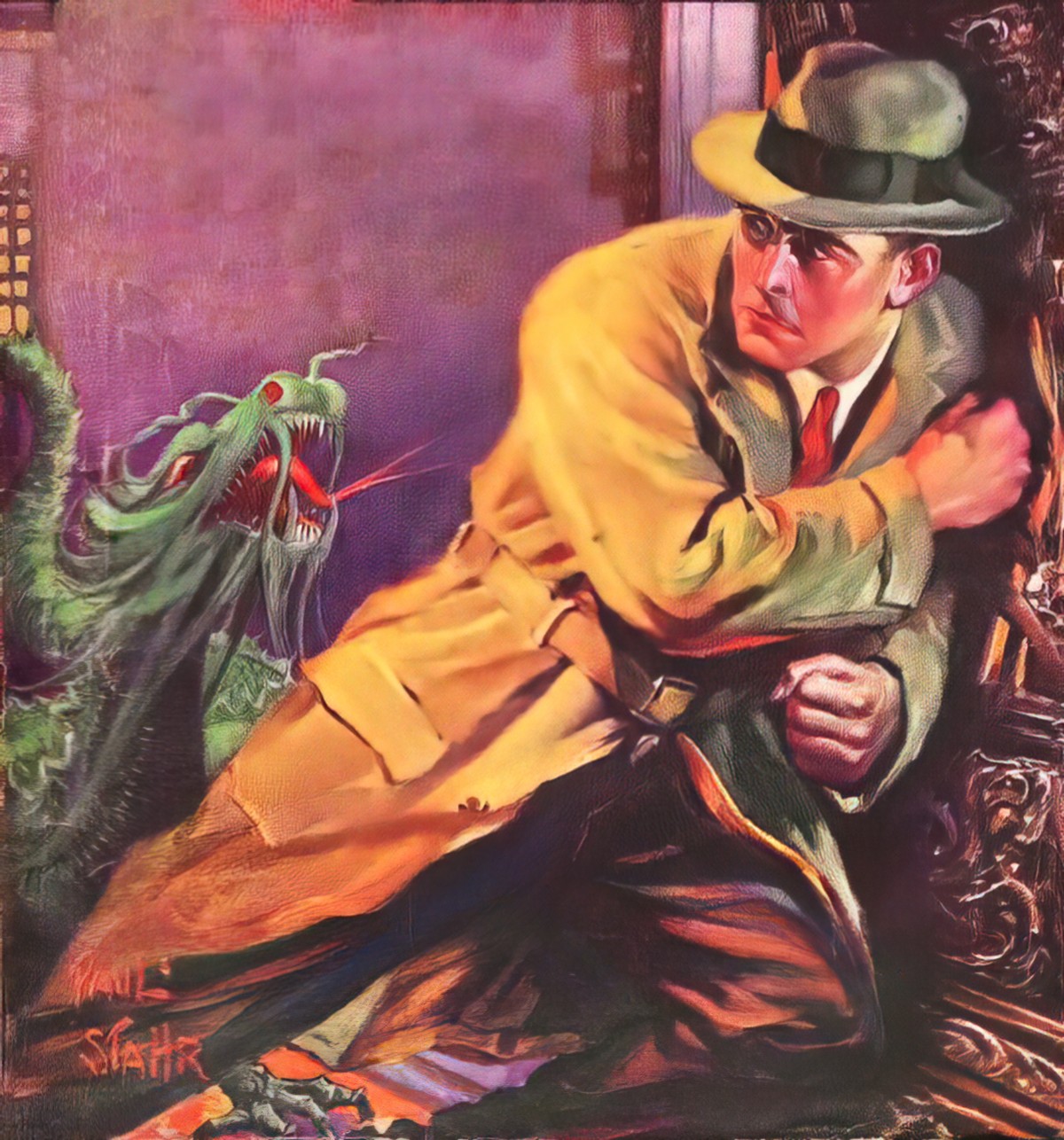
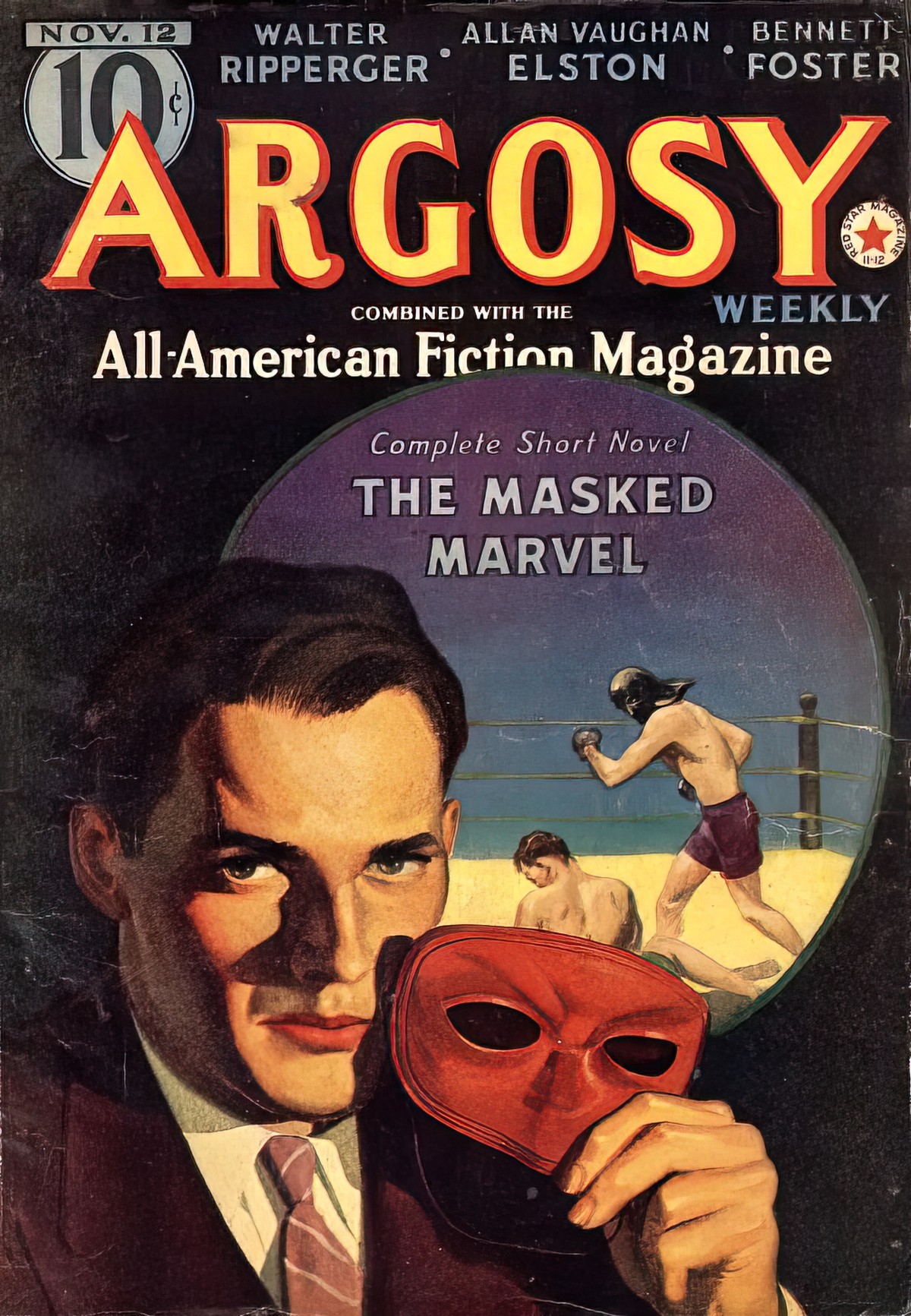
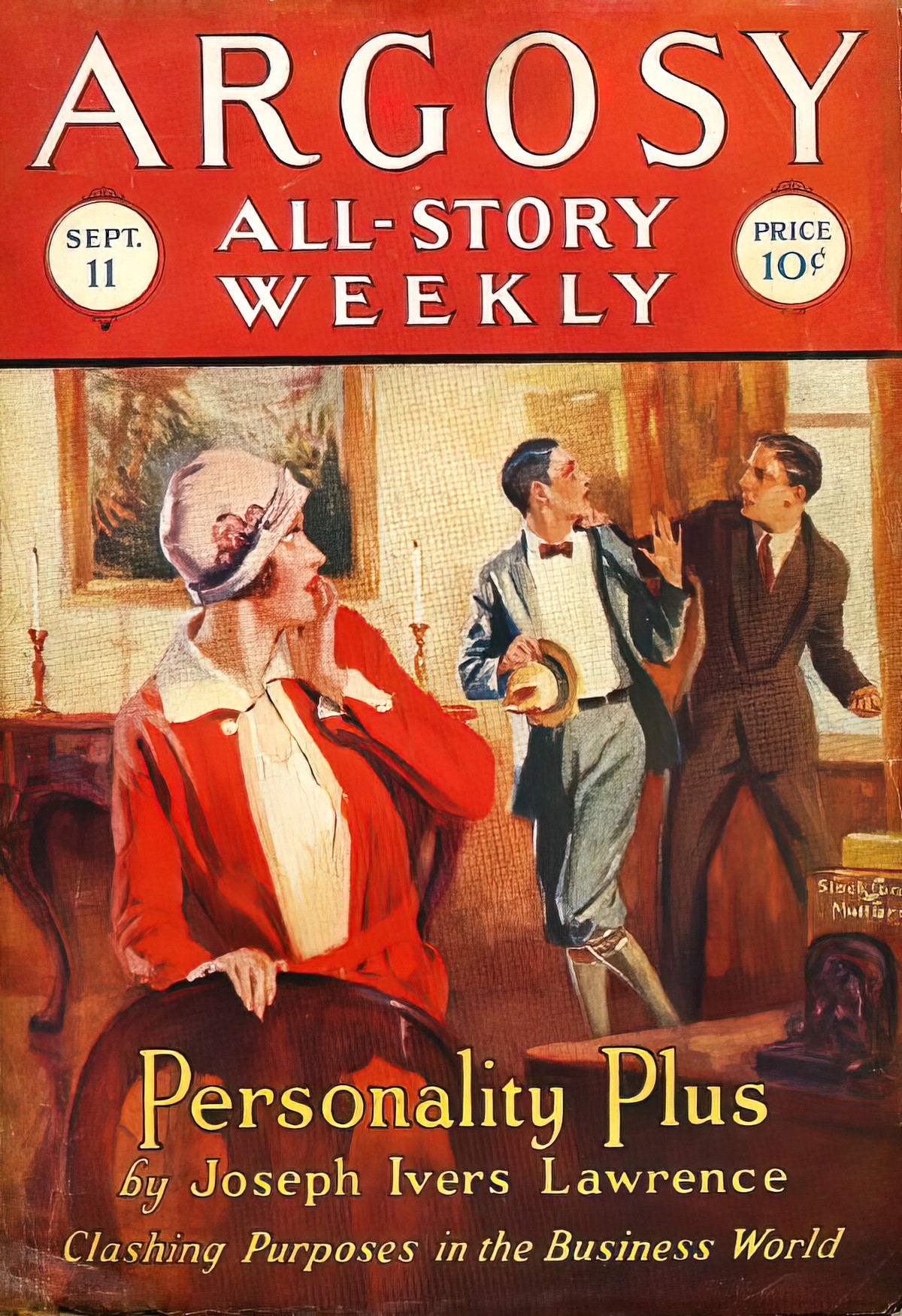
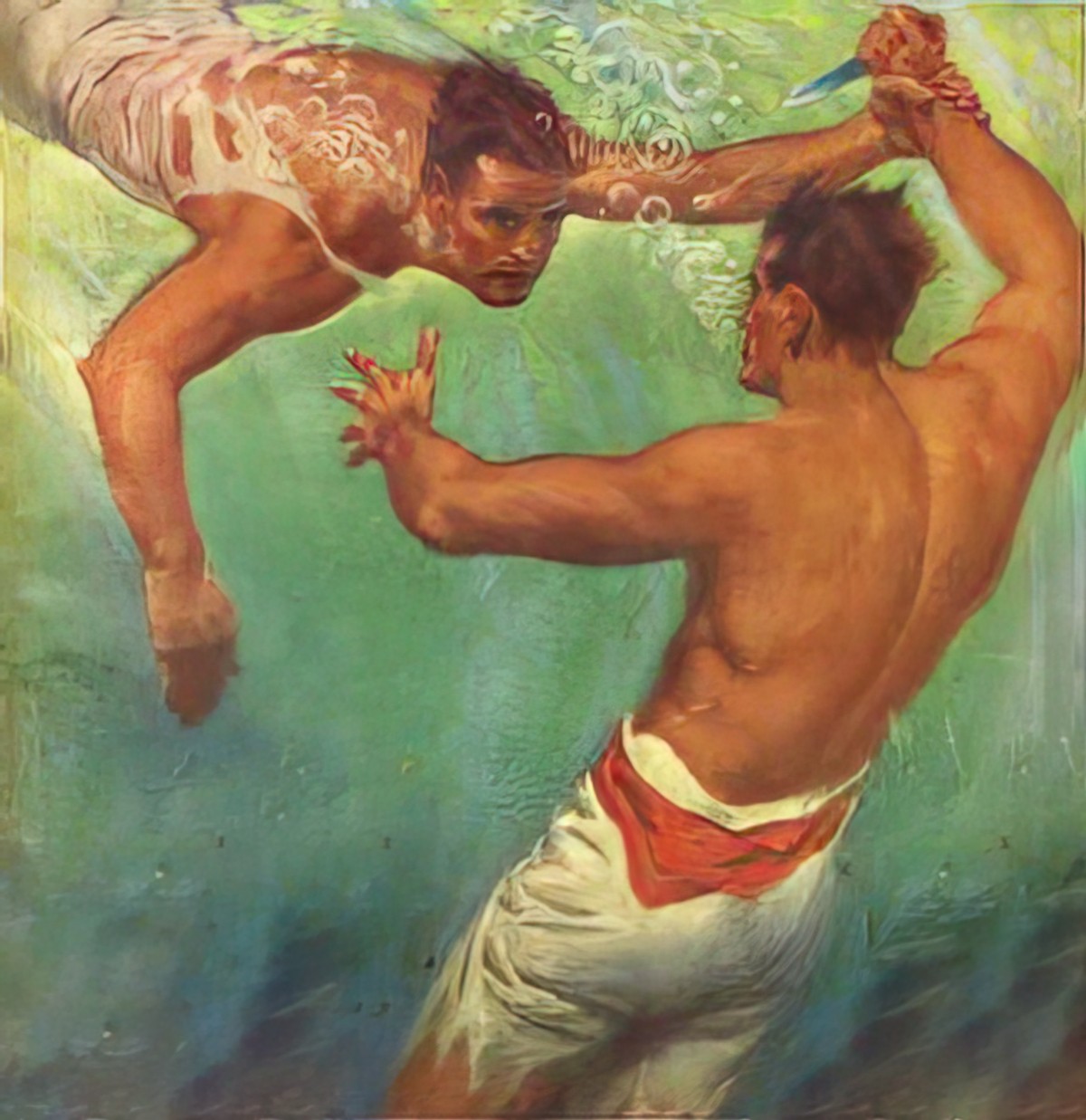
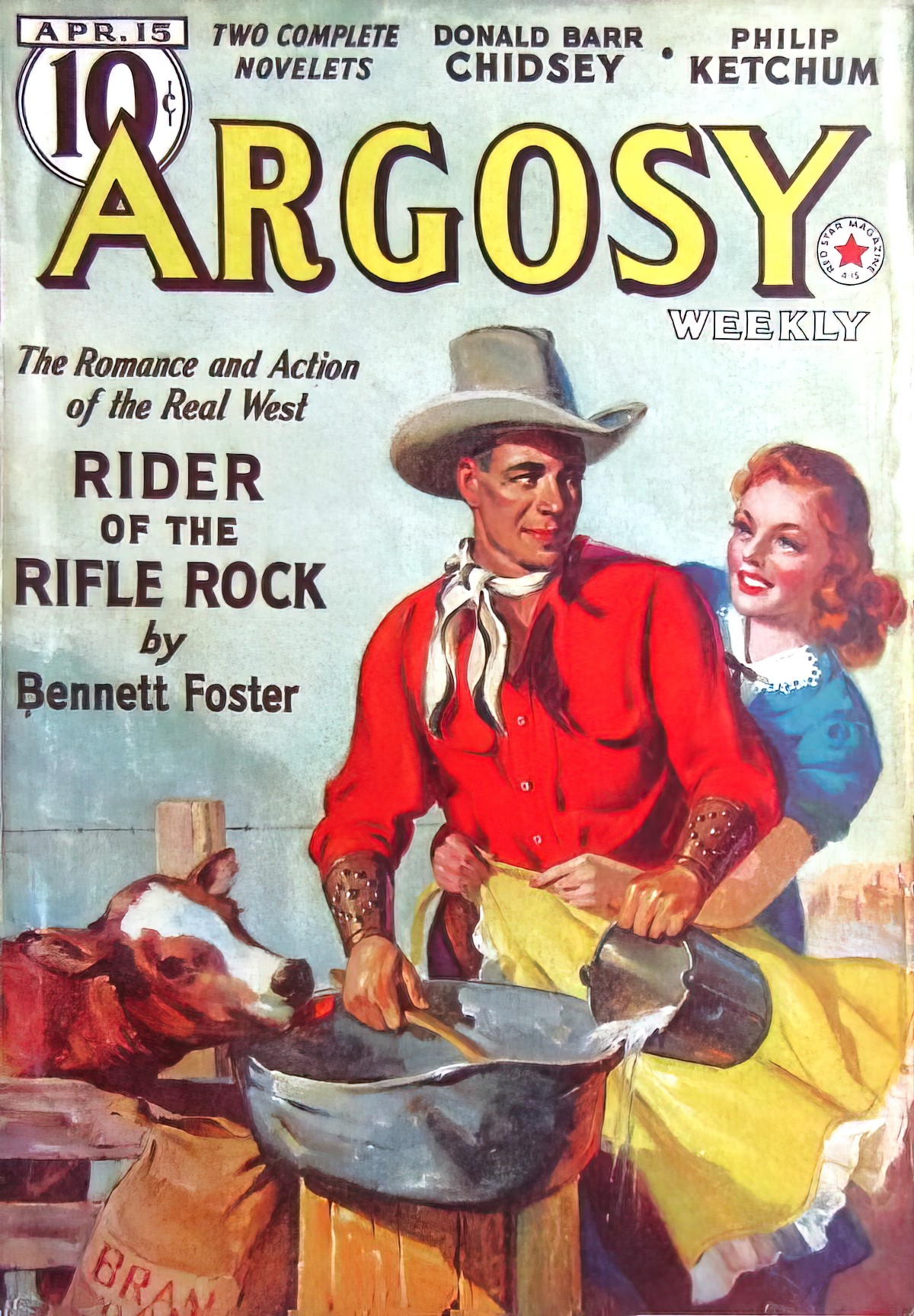
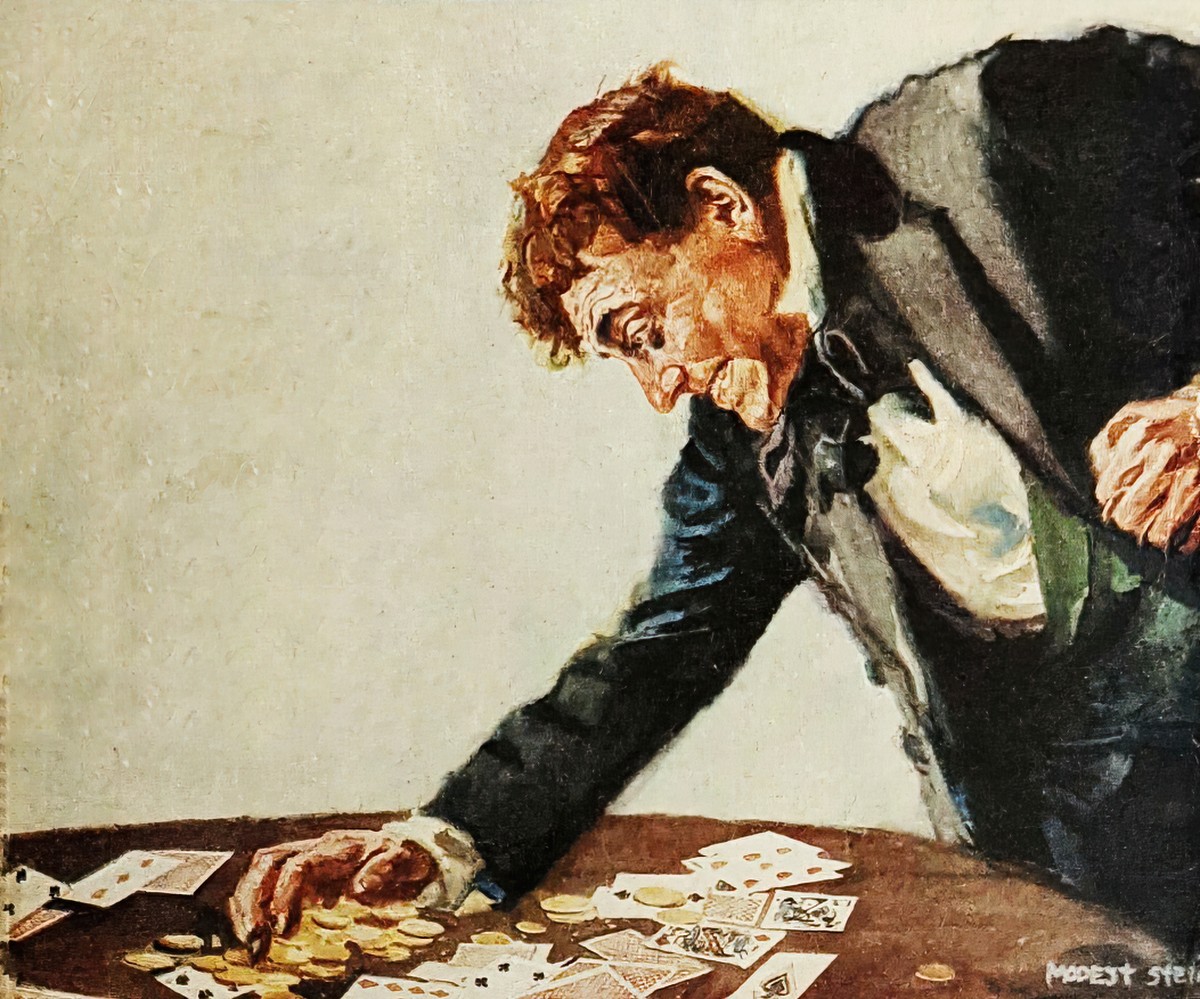
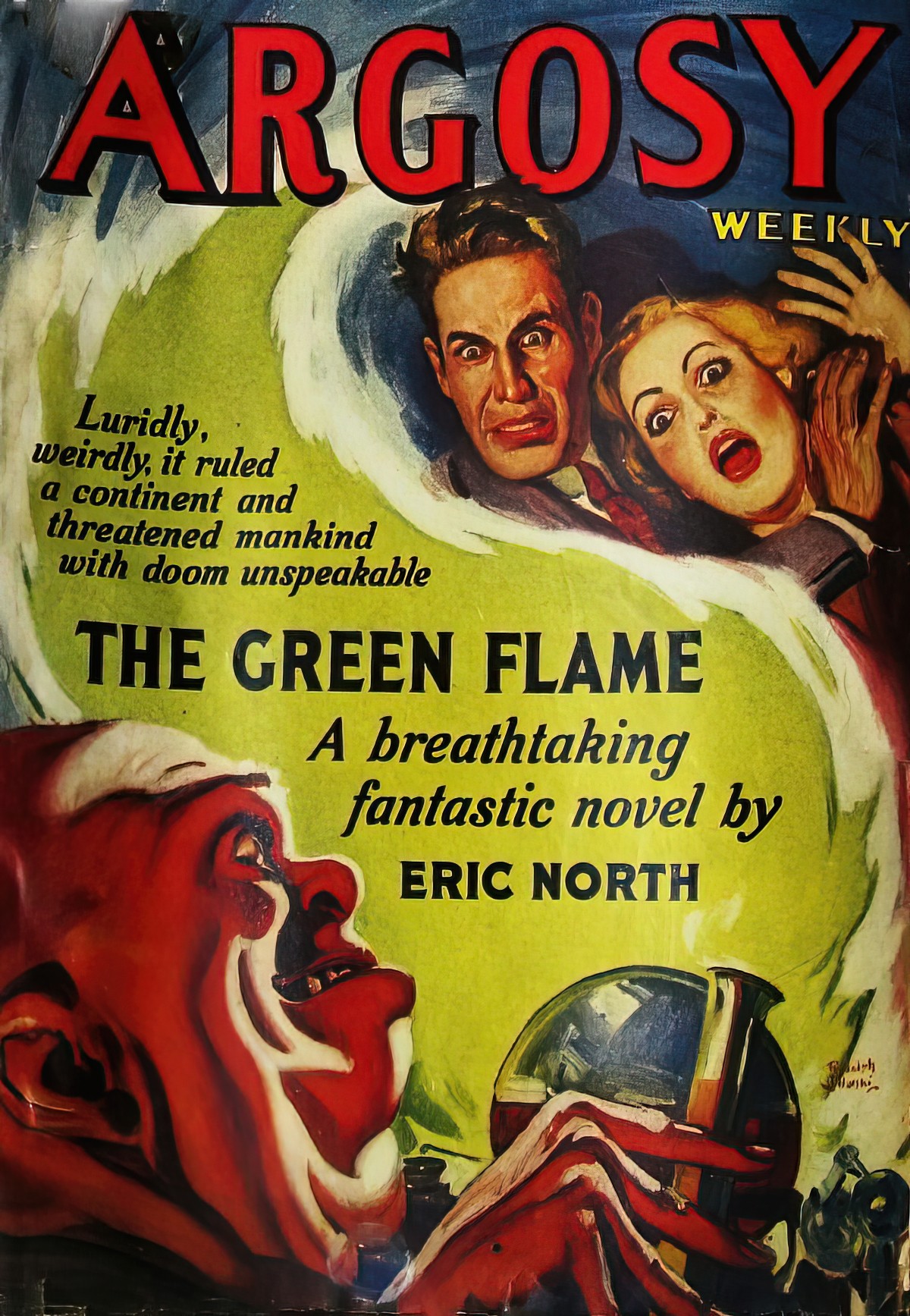
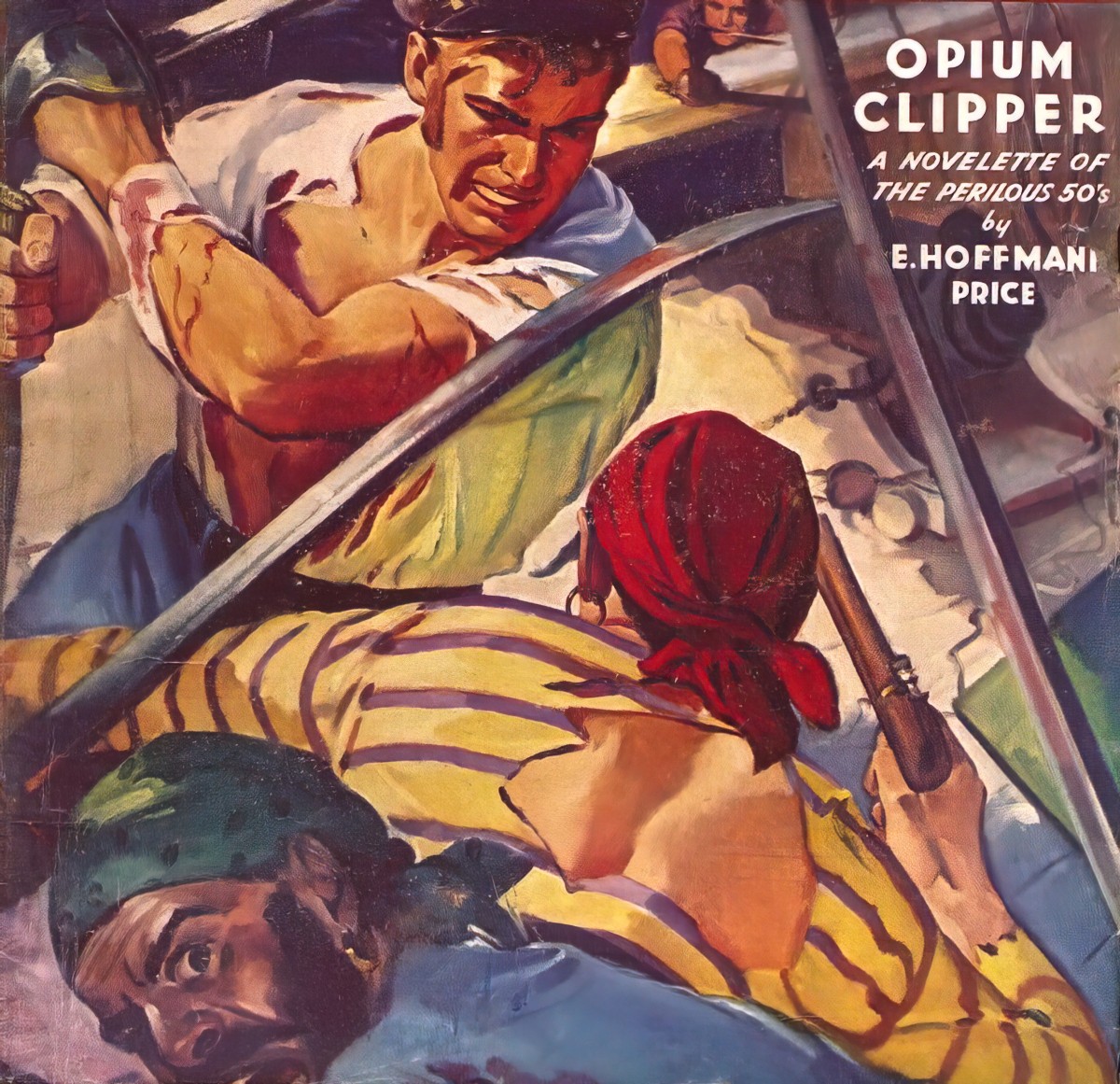
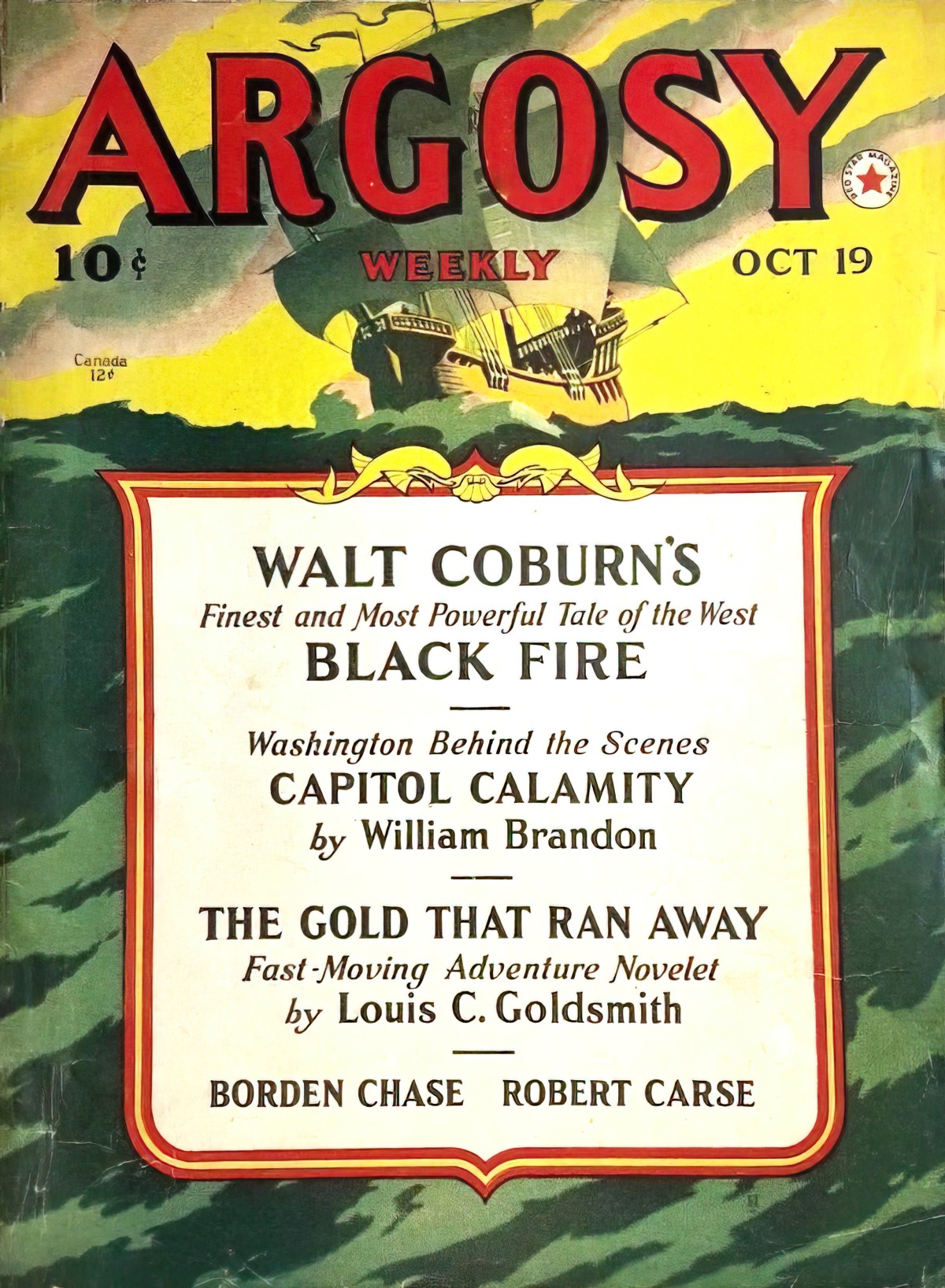
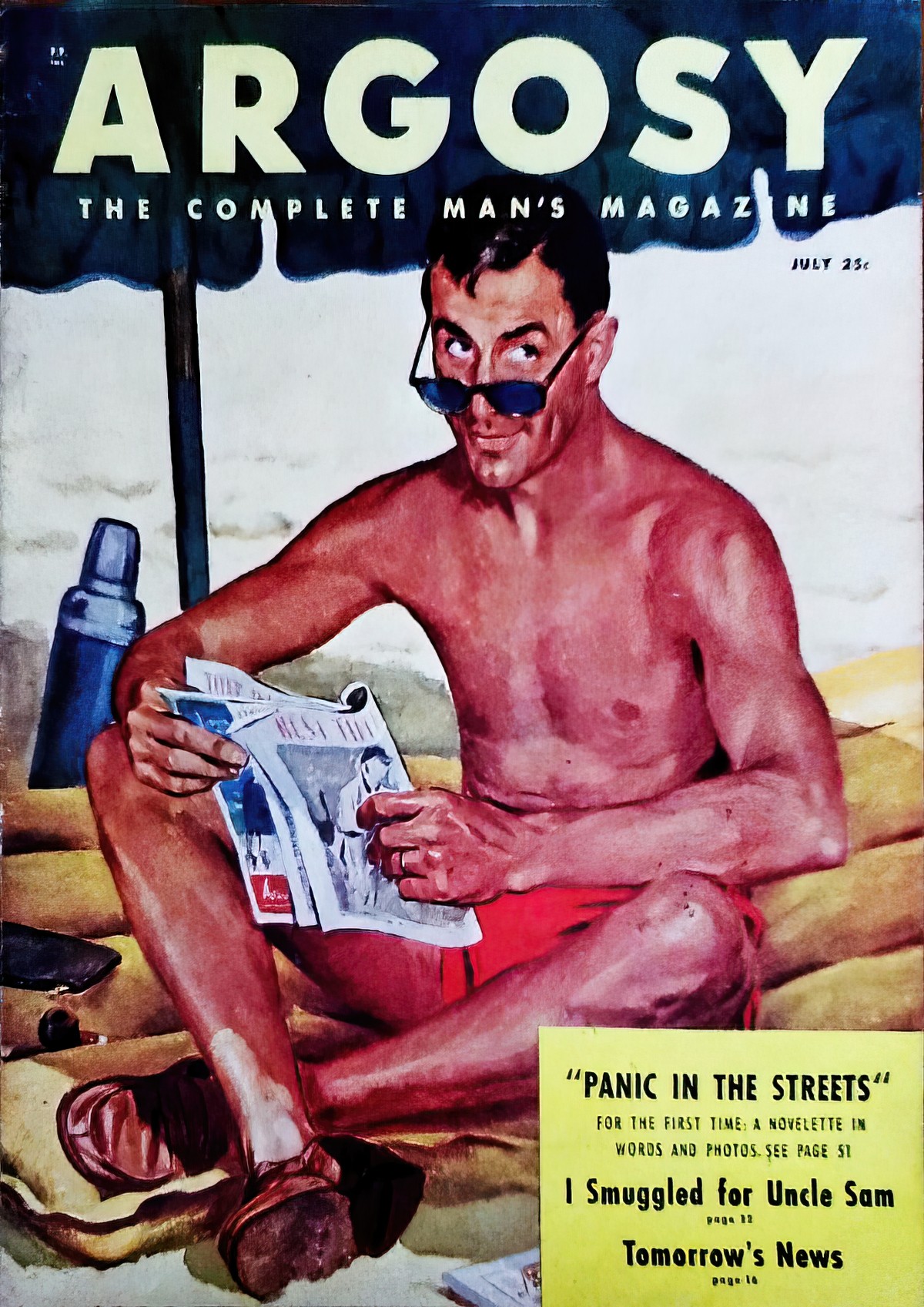
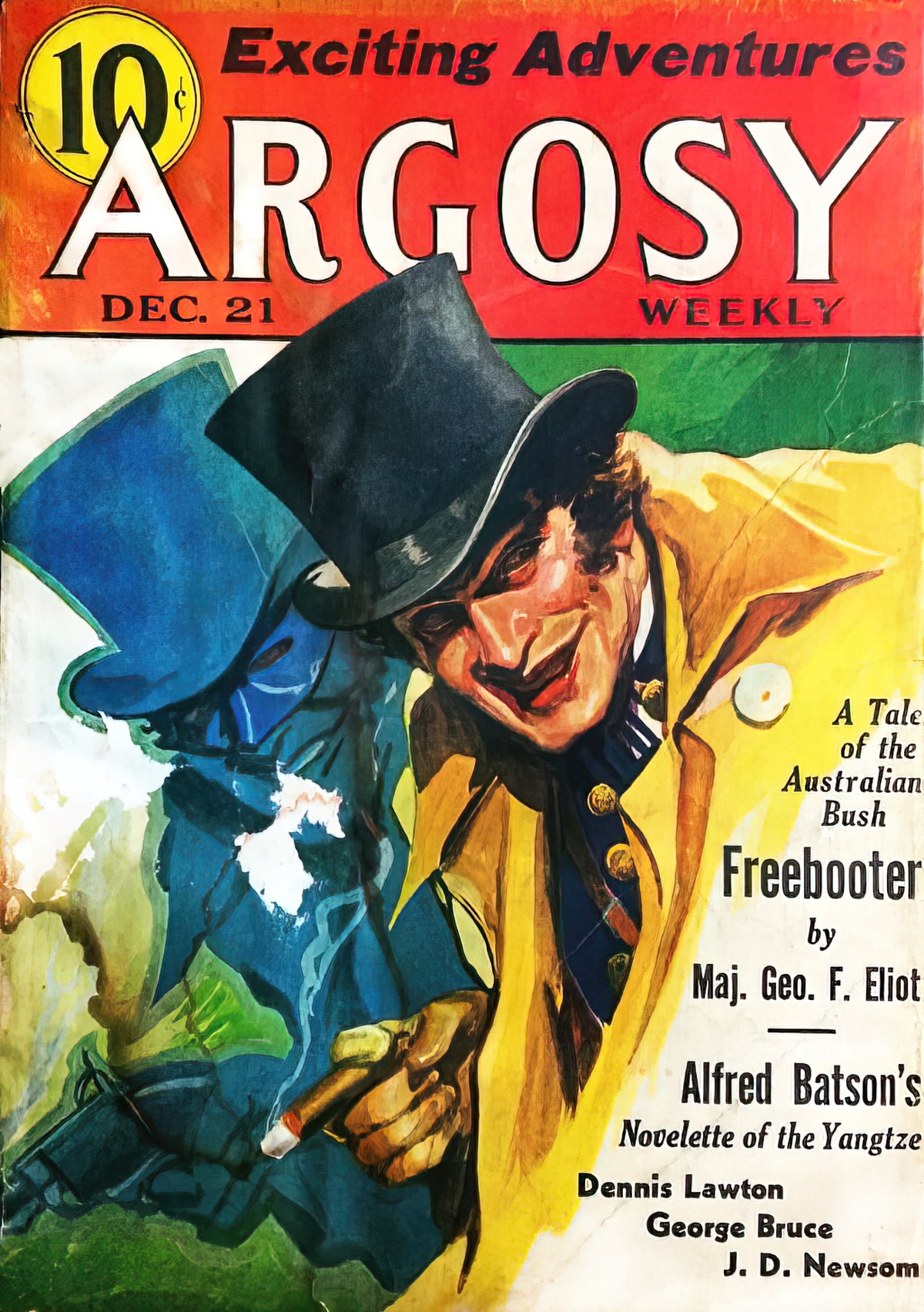
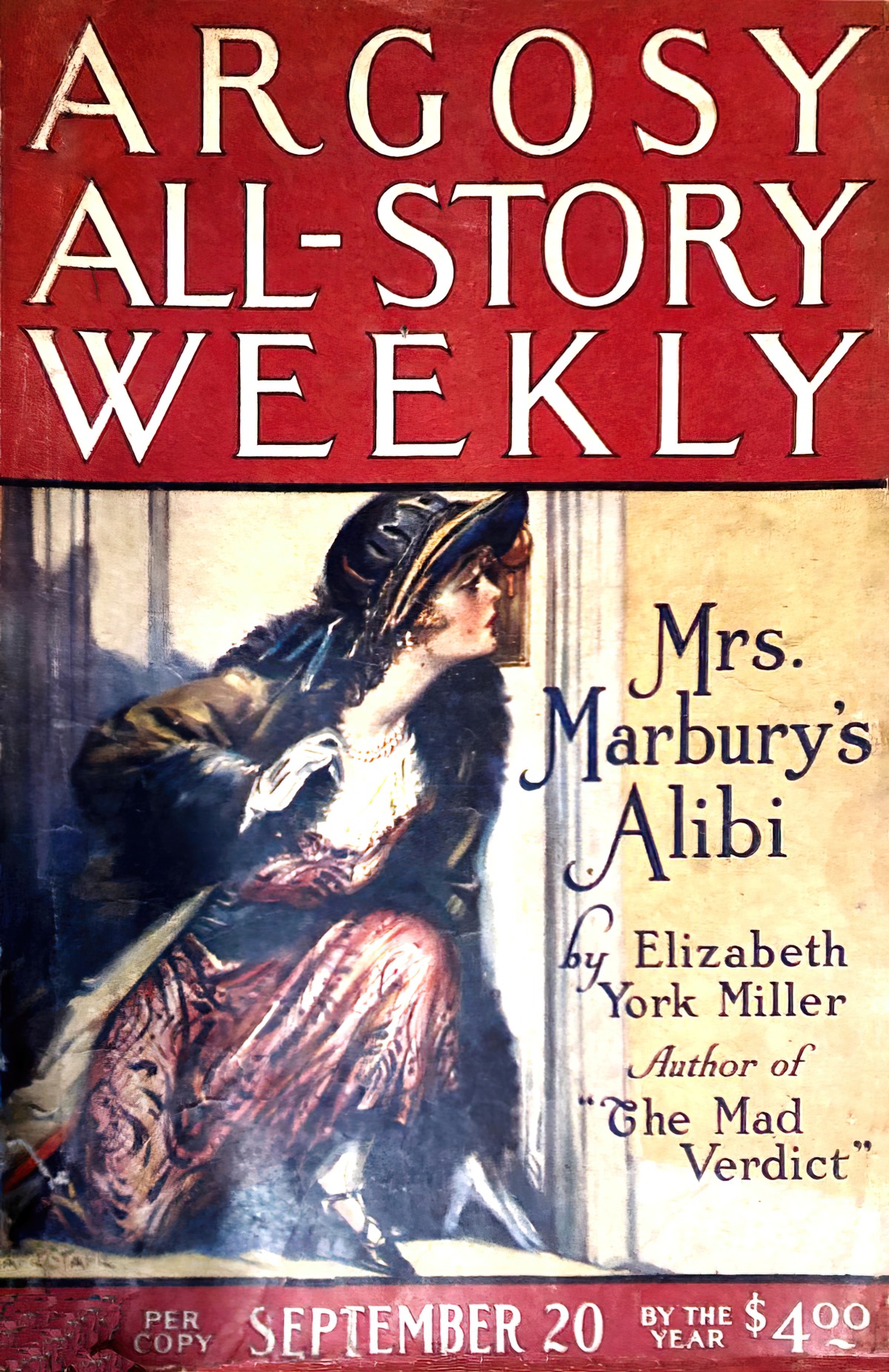
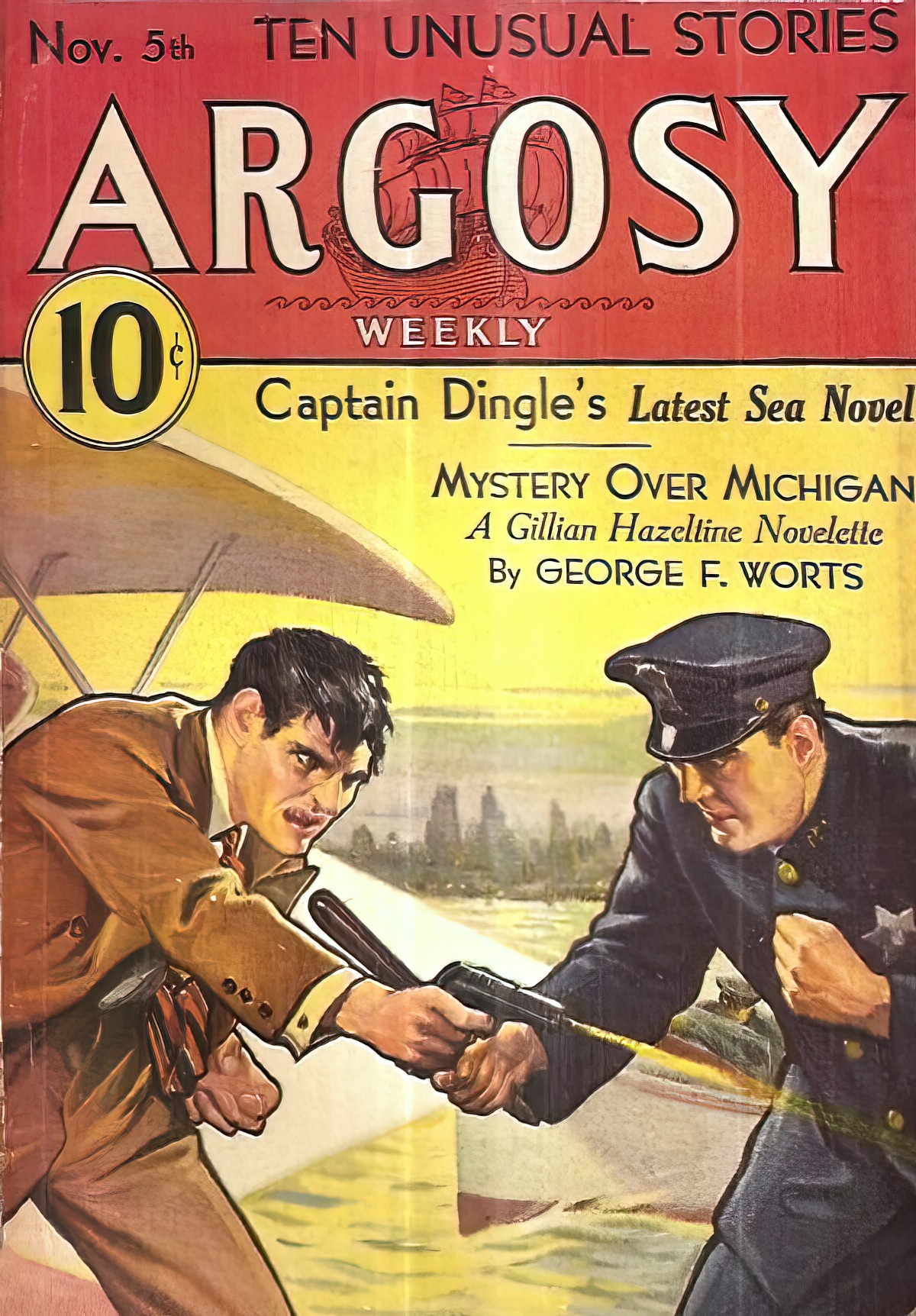
- By the 60s, the titles of these magazines had become more crude: Climax, World of Men, Man’s Story., Sir!, Real for Men, Man’s Life, Man’s Action, Fury, Guy, Men Today, All Man, Man’s Daring, For Men Only, Man to Man, Manhood. Believe it or not, these publications were aimed at straight men.
- All of these magazines helped shape men’s ideas of masculinity.
- They contained articles and short stories about men out on adventures. Cowboys, detectives… which were often framed as true stories.
- A number of big name authors got their start writing for these magazines. Mario Puzo (The Godfather) got his start in this way. Puzo published millions of words under various pseudonyms.
- Some of the stories are fun, others just gross.
- ‘Men’s adventure’ = horny and deeply dismissive of women. (Otherwise it’s just ‘adventure’.)
Dad told me that he felt adventure magazines were towards men who had served in the war but had seen no action, which describes 85 percent of our 16 million servicemen. He felt that men who saw action never wanted to think about it again while most servicemen who never reached a front line were doomed to a life of wondering about their manhood in the face of battle.
David Saunders, son of men’s magazine illustrator Norman Saunders
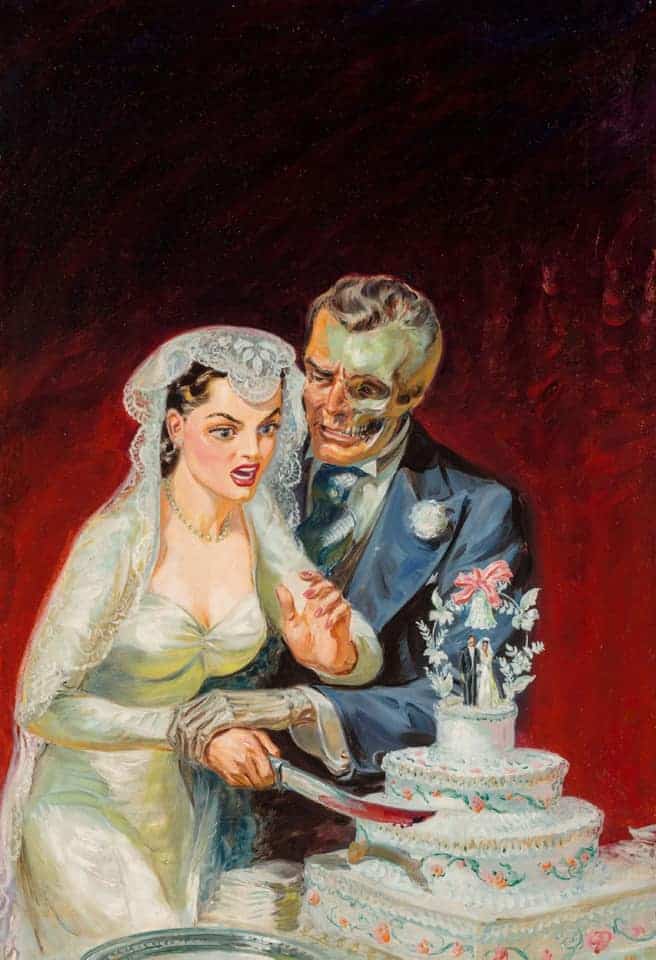
- A hang-up specific to midcentury men (which includes the characters in Wolff’s story) — if only I’d had a chance to go to war like my father and grandfather, I’d have had a chance to show everyone who I am.
- Of course, this stands in stark contrast to what it really feels like to experience battle. The reality is PTSD and wishing it had never happened.
- Have things changed for contemporary men? America’s gun market is set up to appeal to men with these fantasies cf. Kyle Rittenhouse, who shot three men, two fatally, with an AR-15 style rifle during the civil unrest in Kenosha, Wisconsin, in August 2020, when he was aged 17.
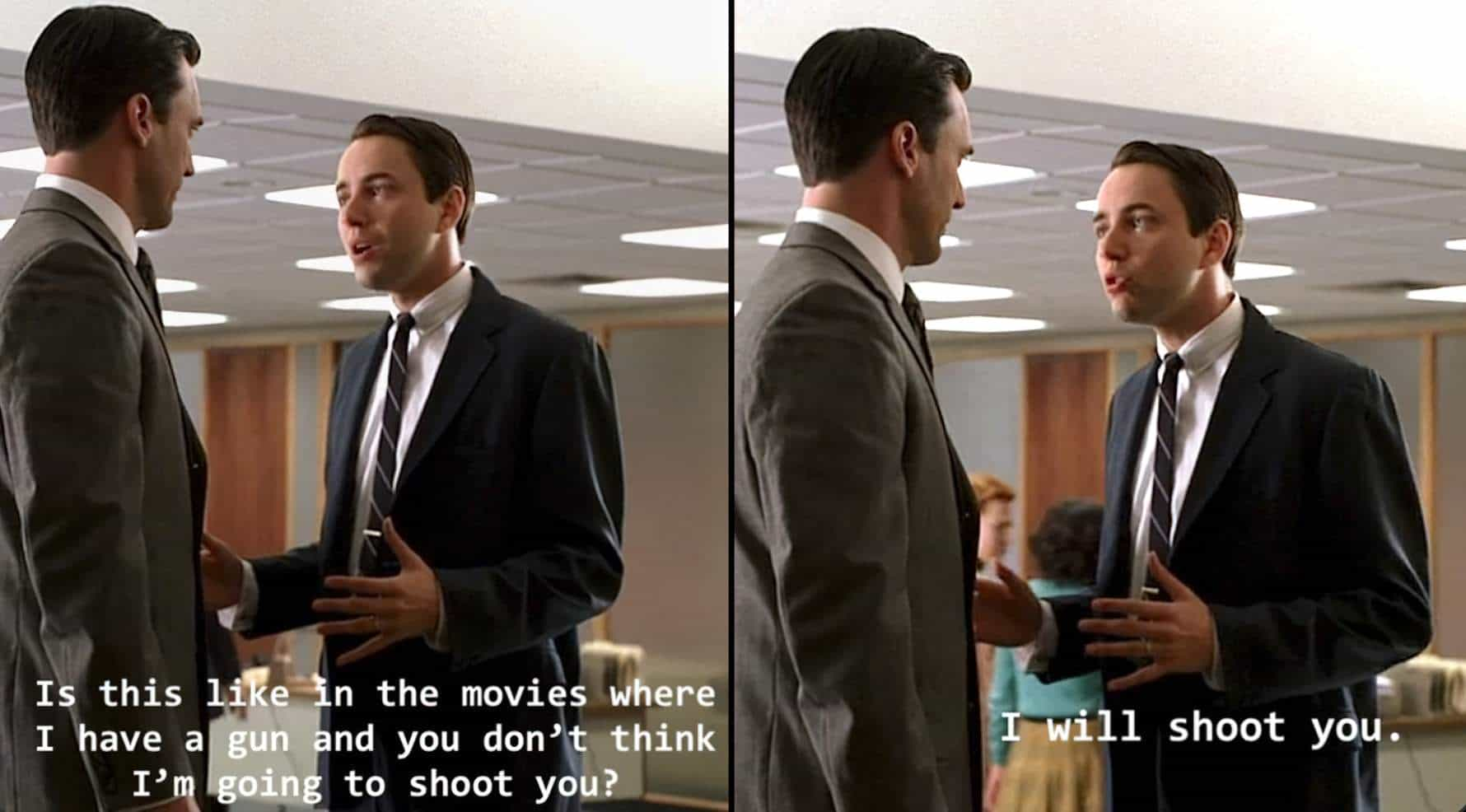
AMERICAN AMMOSEXUALITY
Someone asked me genuinely what I meant by “ammosexual”- if I was just using it as a catchy insult. No, I’m not. It has real meaning, and is an extension of USA gun culture. Ammosexuality is:
The fetishization of firearms as a personal expression of self; that is “gun owner” as an intrinsic, baked in identity. The idea of existing without guns is abhorrent, and would lead to a loss of self.
The need to own and display guns, and guns are not just a tool, but a deeply personal part of who they are. They get personal joy, satisfaction, and even physical pleasure from ownership.
That need to own and display guns is so deep seated, that it supersedes all other considerations of public safety or community desire. Anything that could change parameters of gun ownership is taken as a personal threat.
Gun ownership is seen as a divine right, granted by God, rather than an act of tool ownership and use that comes with responsibilities. Believes in unfettered gun use and ownership as foundational to “freedom”- both personal and cultural.
Often aggressively outspoken, even to violent speech and action, about their “right” to unfettered ownership and use of guns and firearms, even in the face of cultural opposition.
Often speaks about needing guns to fight against “tyranny”- usually defined as anyone wanting to reframe societal parameters of gun ownership, or other acts that represent a more ‘liberal’ mindset.
Ammosexuality is the individual manifestation of USA gun culture- the belief that All The Guns All The Time is normal, proper and divinely granted; and that threat displays or use of firearms is an appropriate way to express disagreement, upset or resolve conflict.
@Women4UBI, 8:47 AM · Nov 17, 2023
